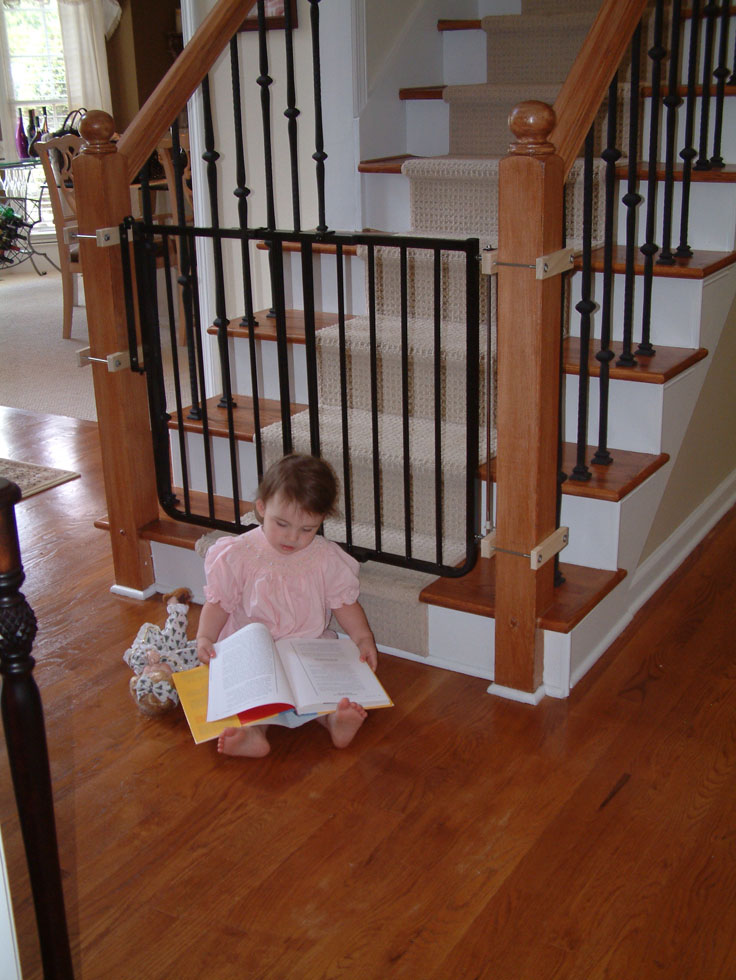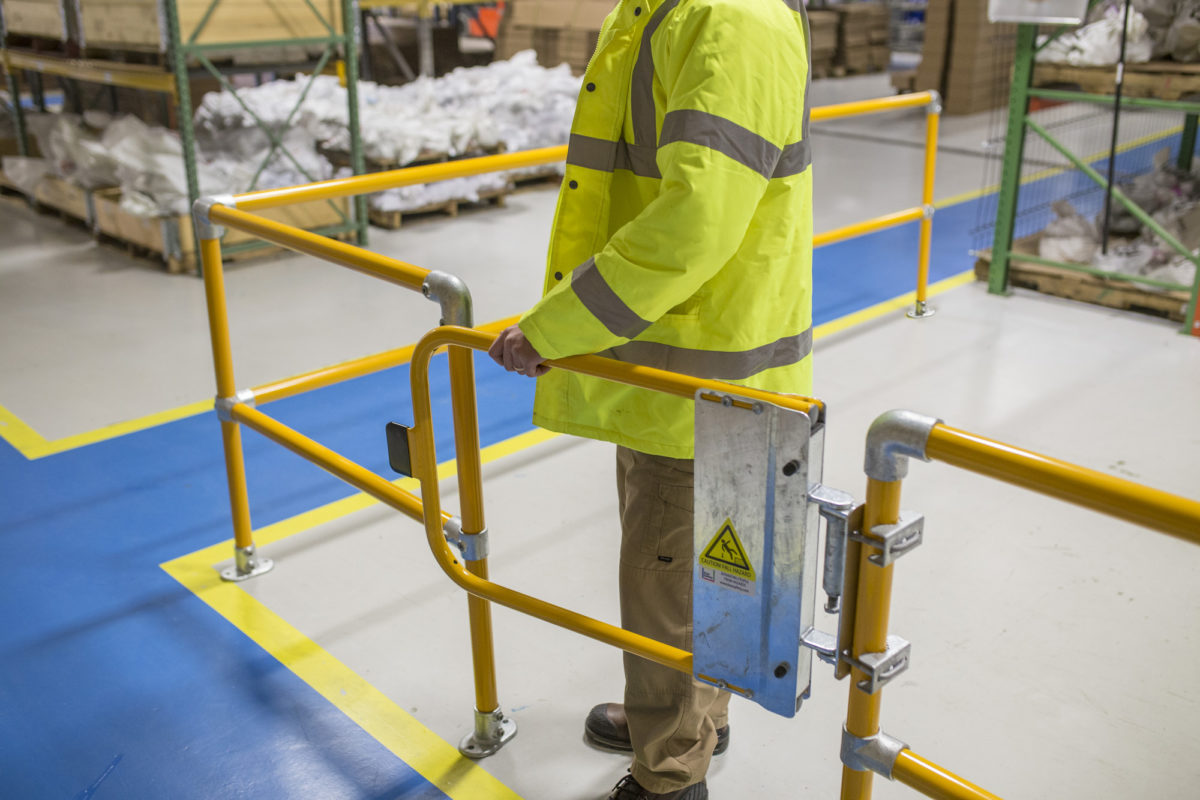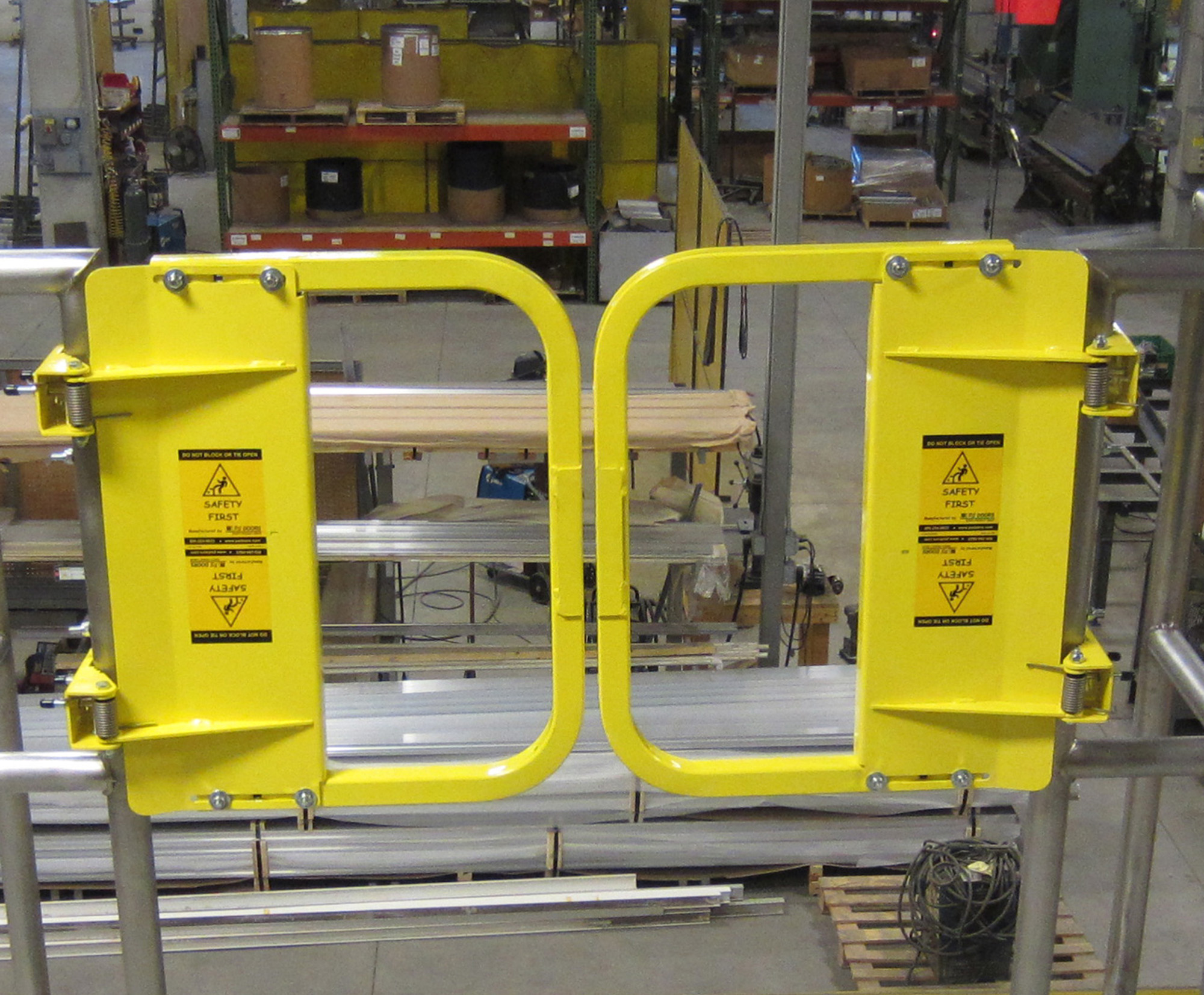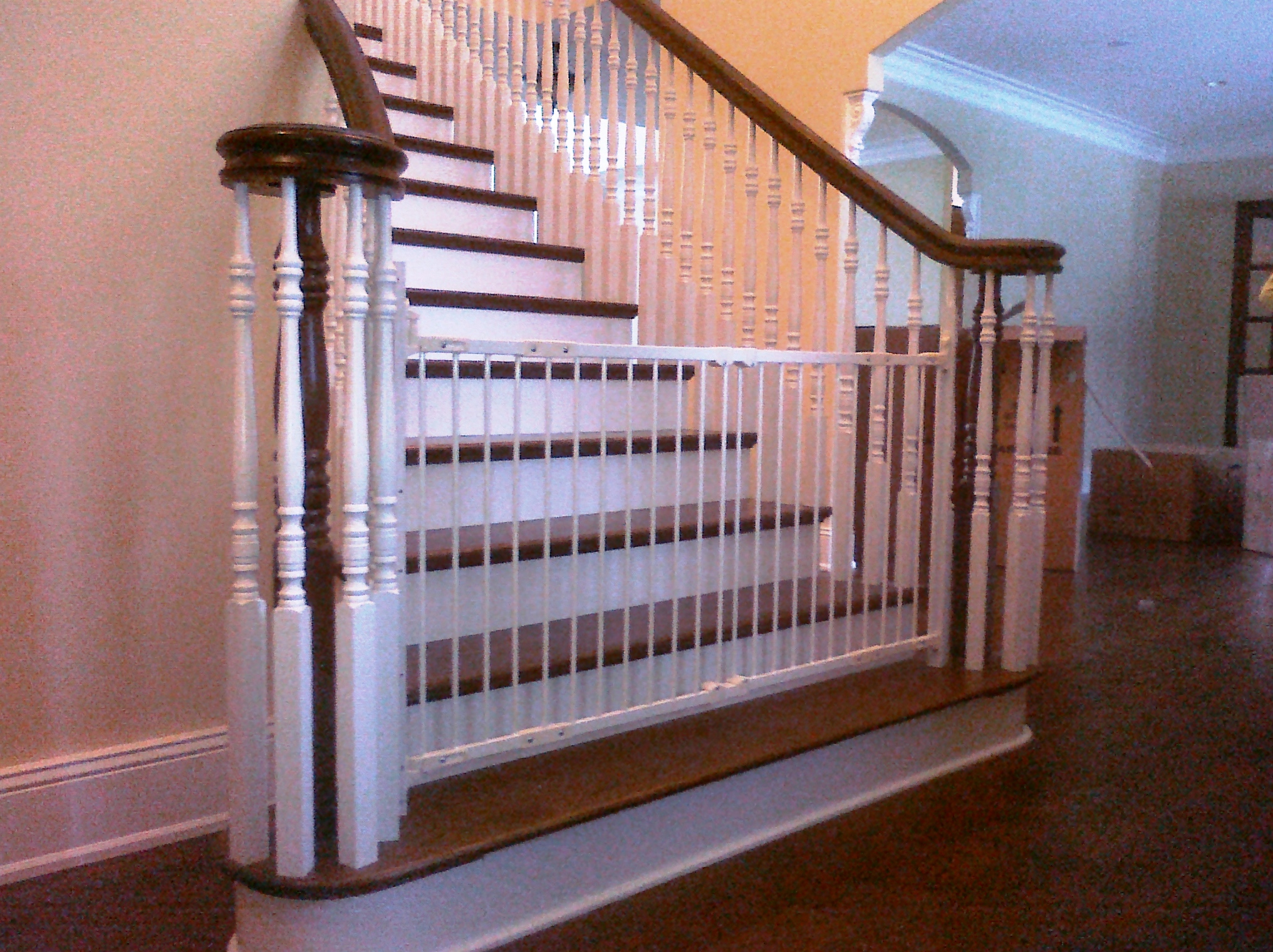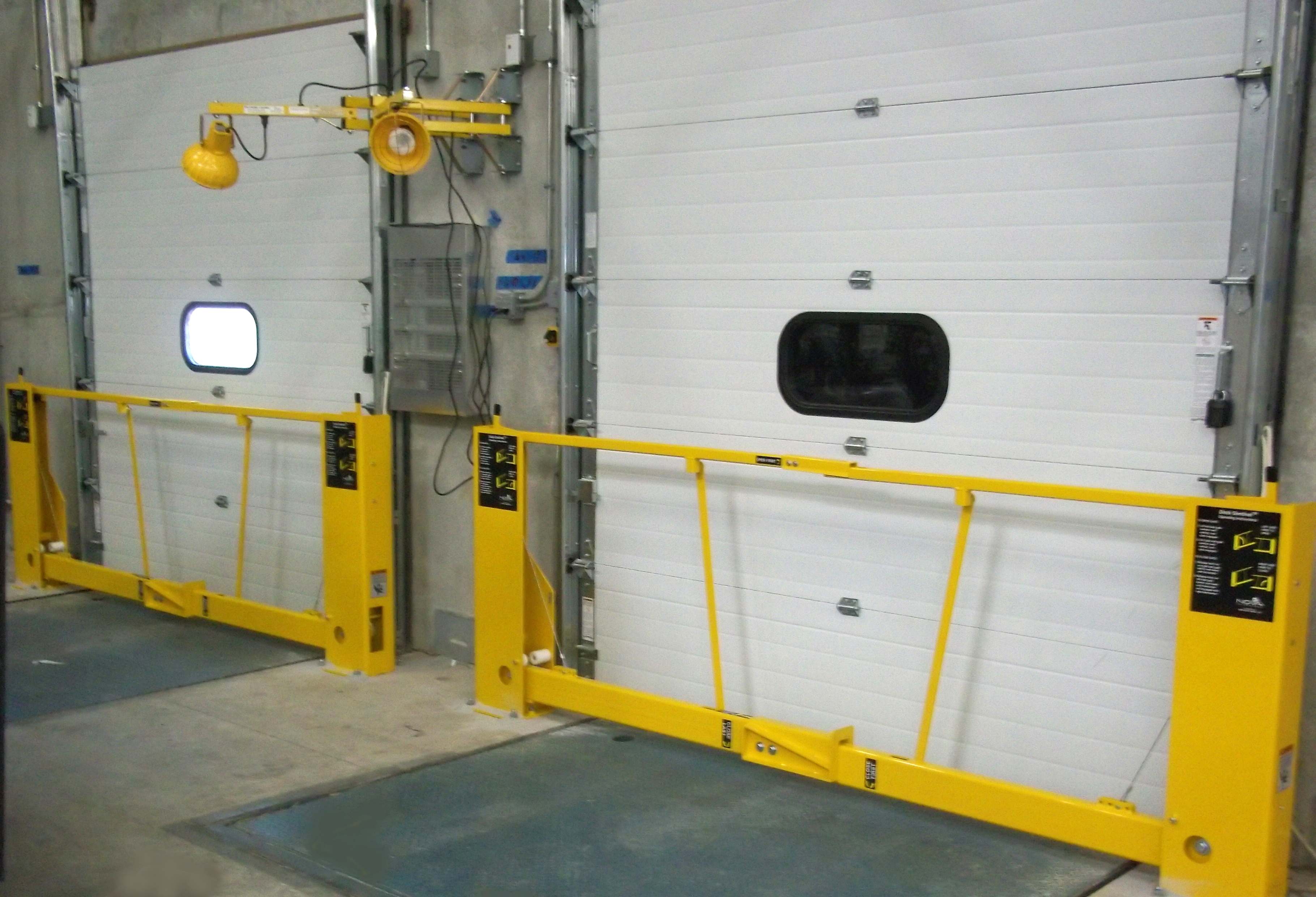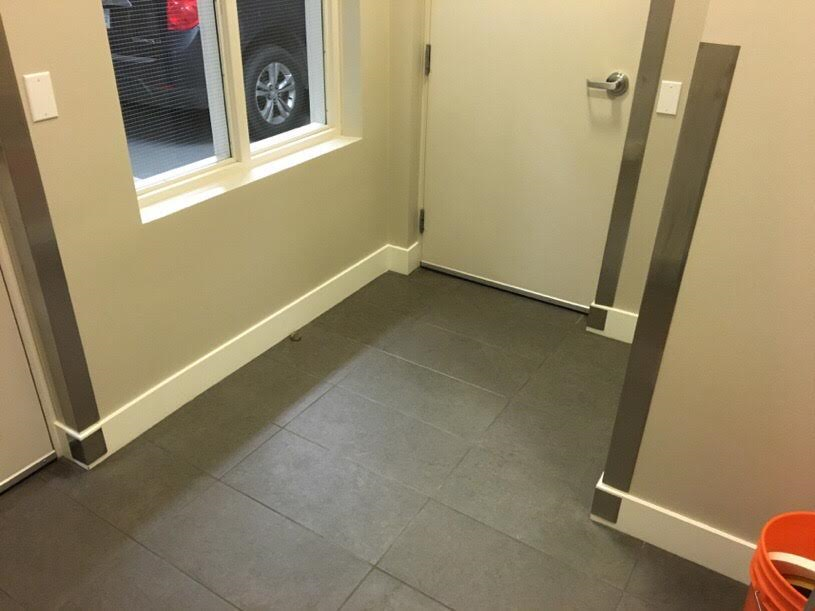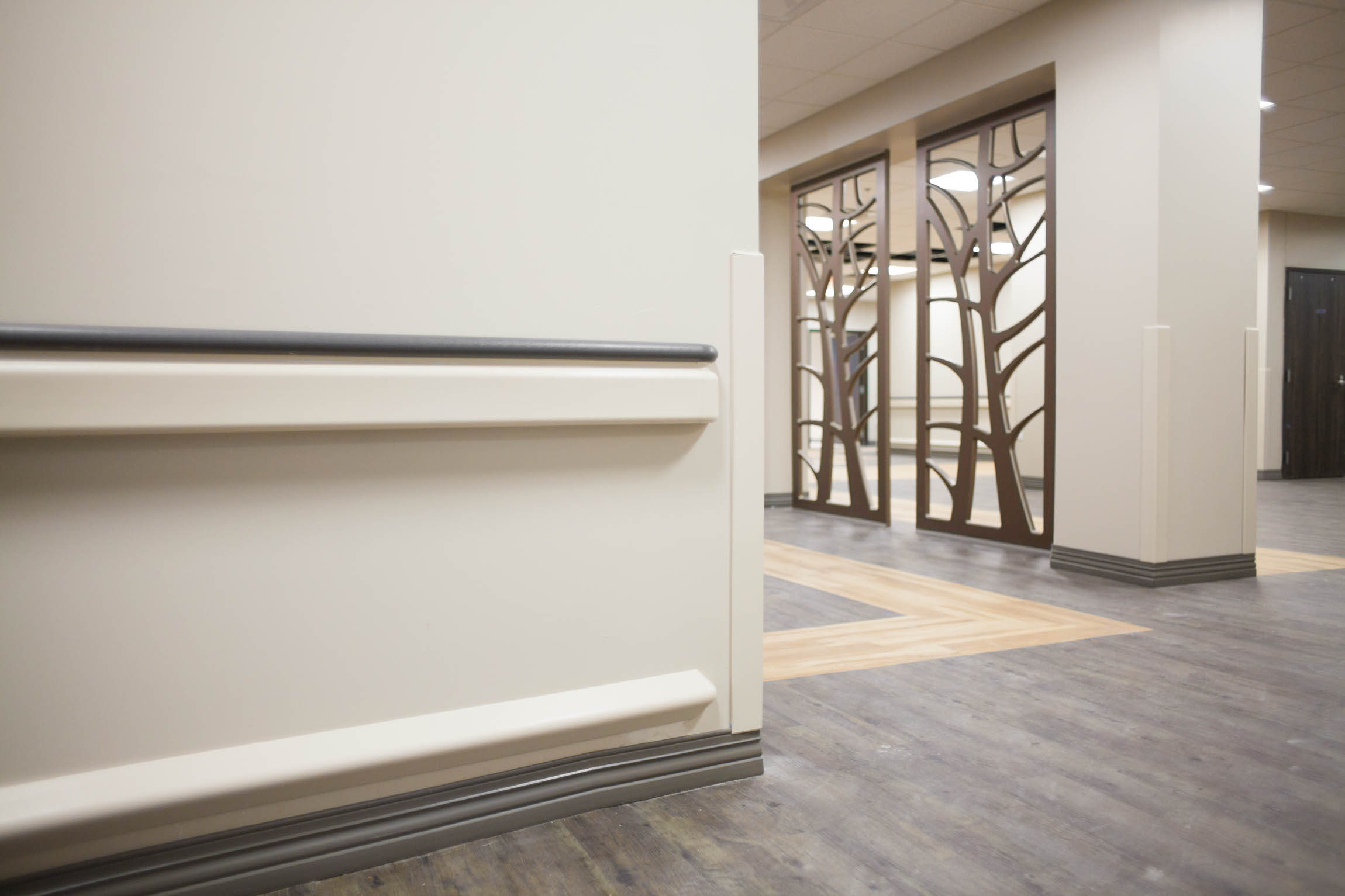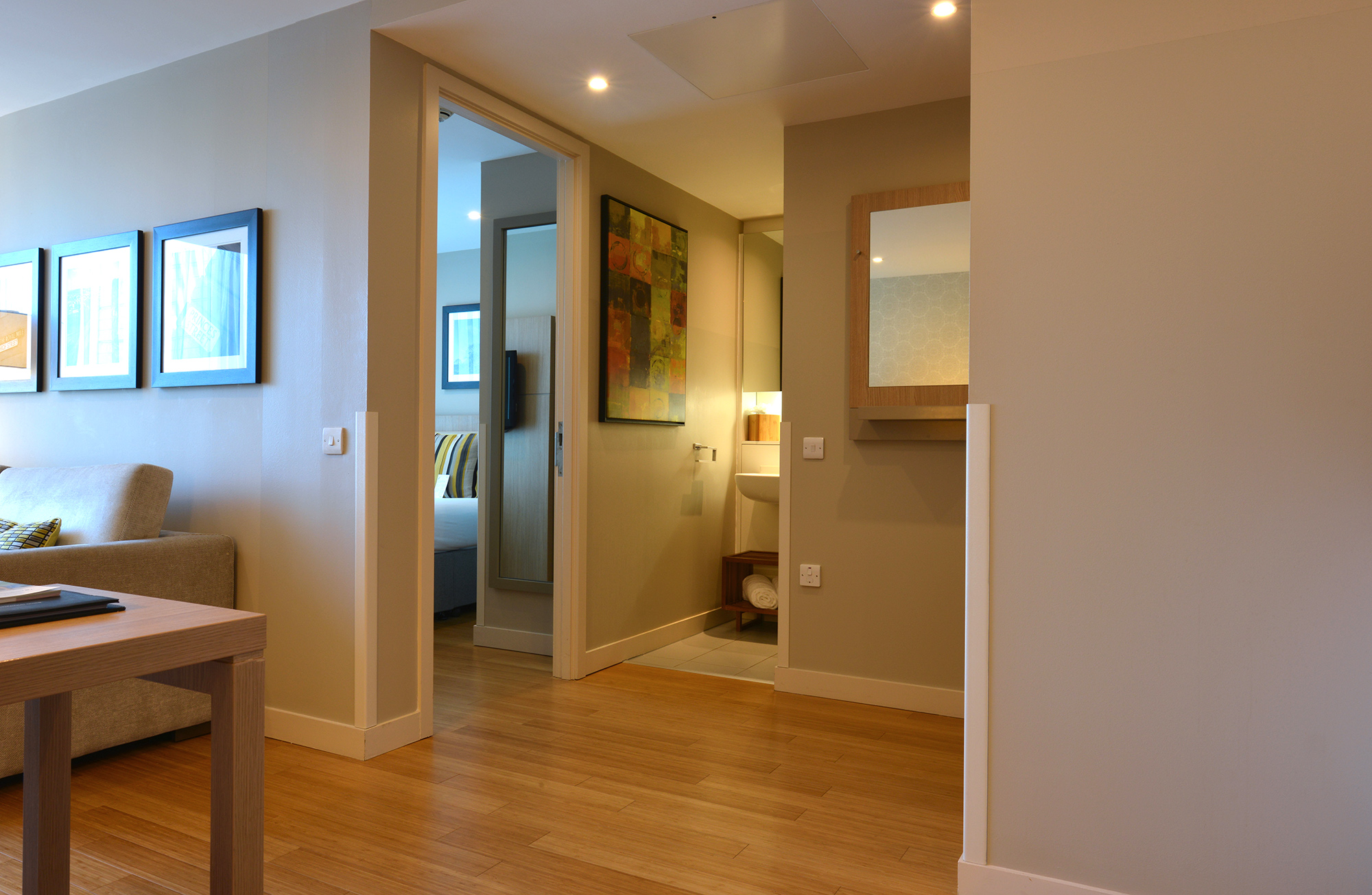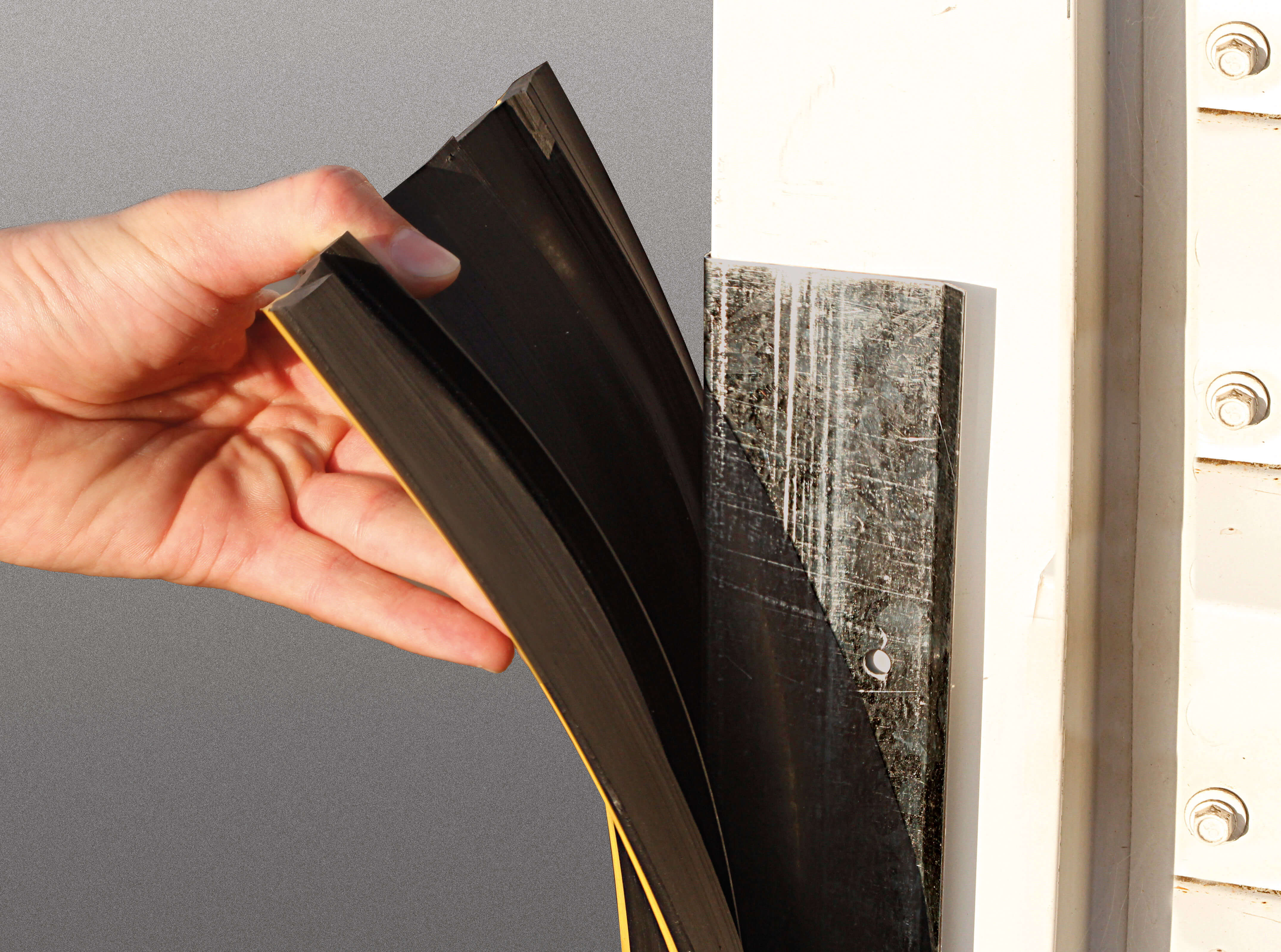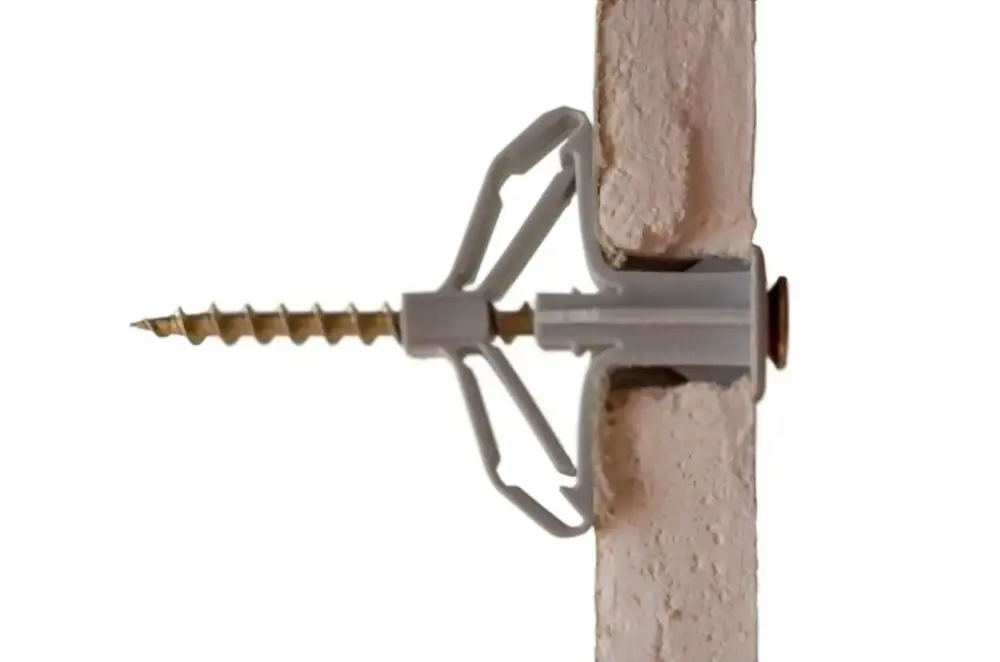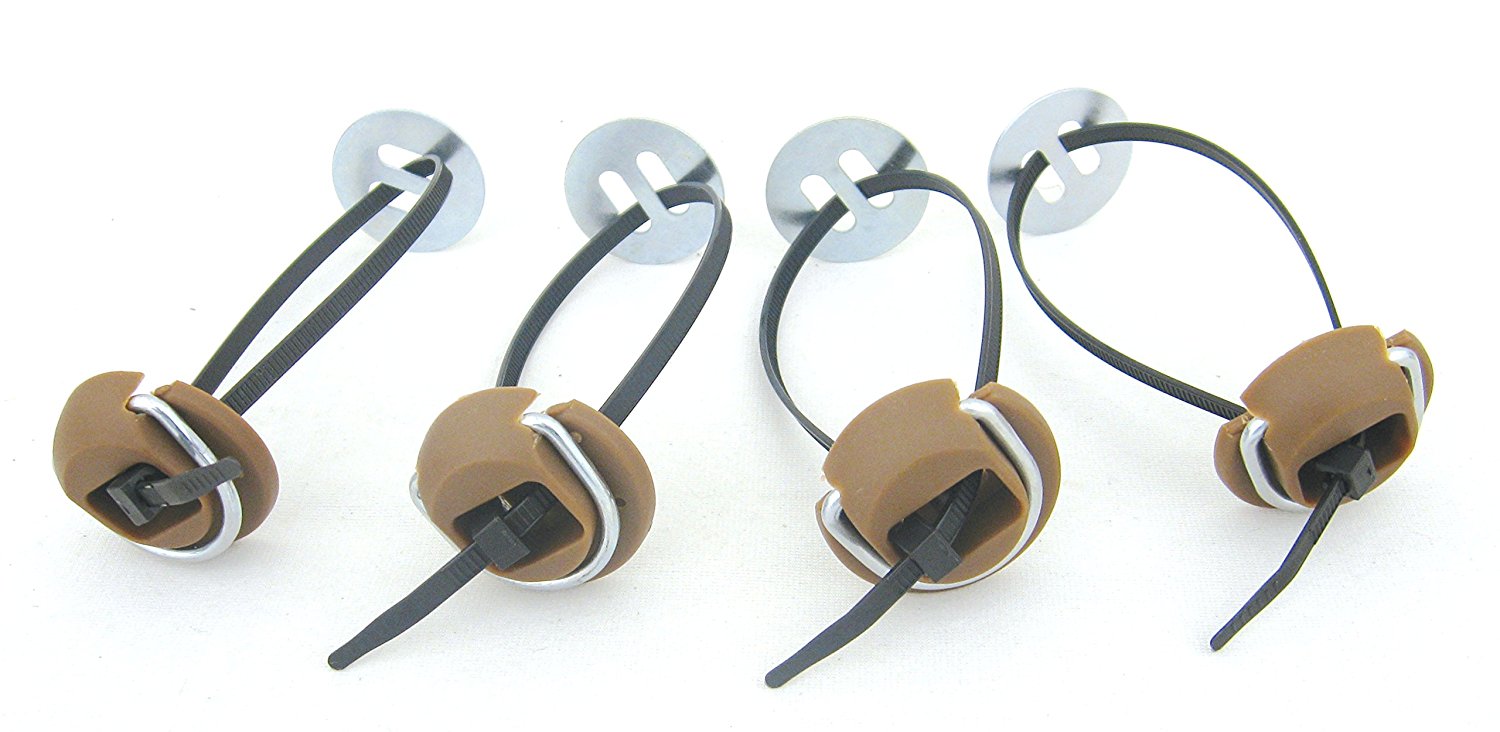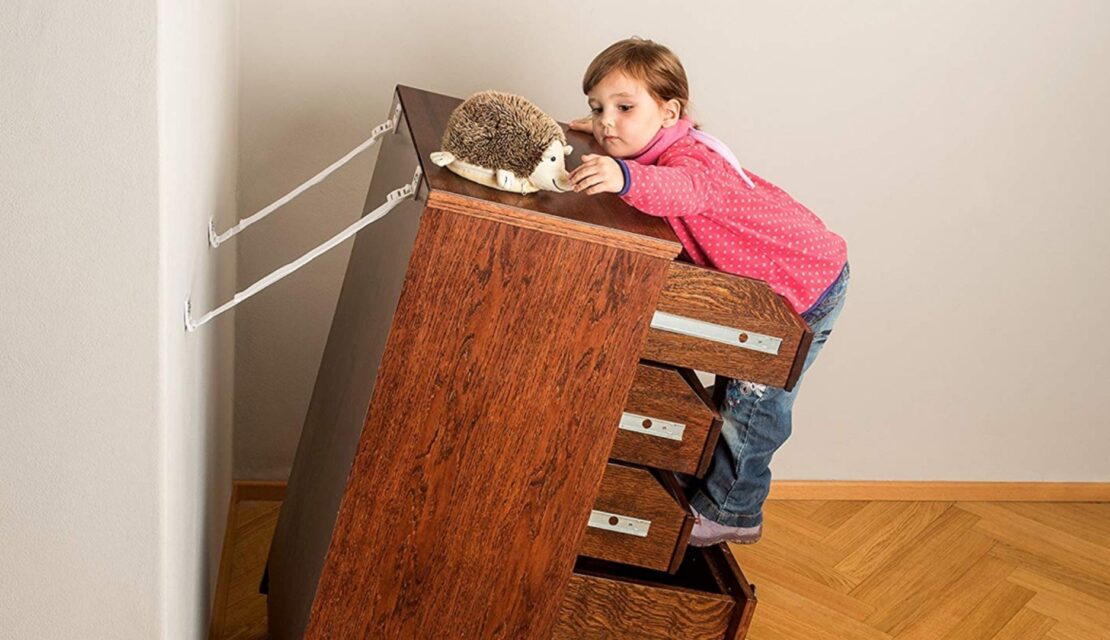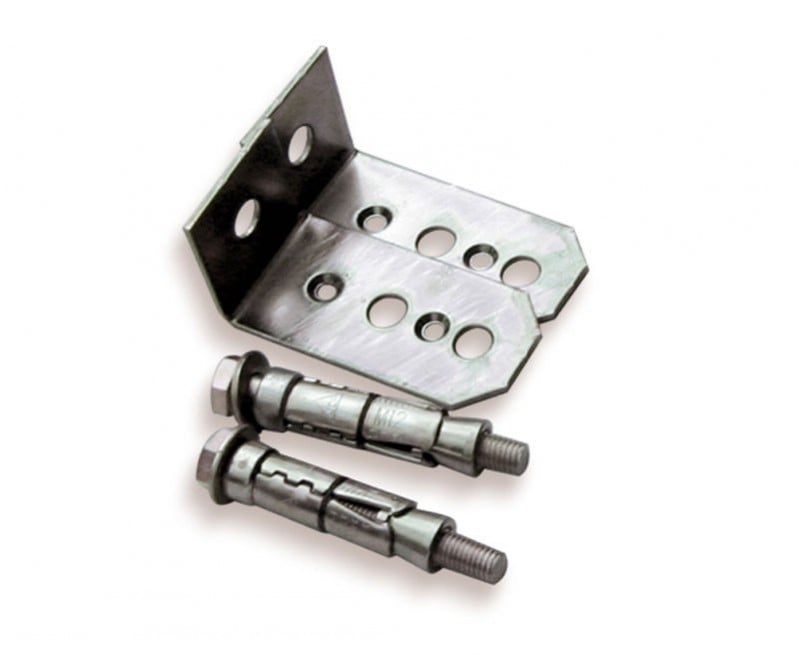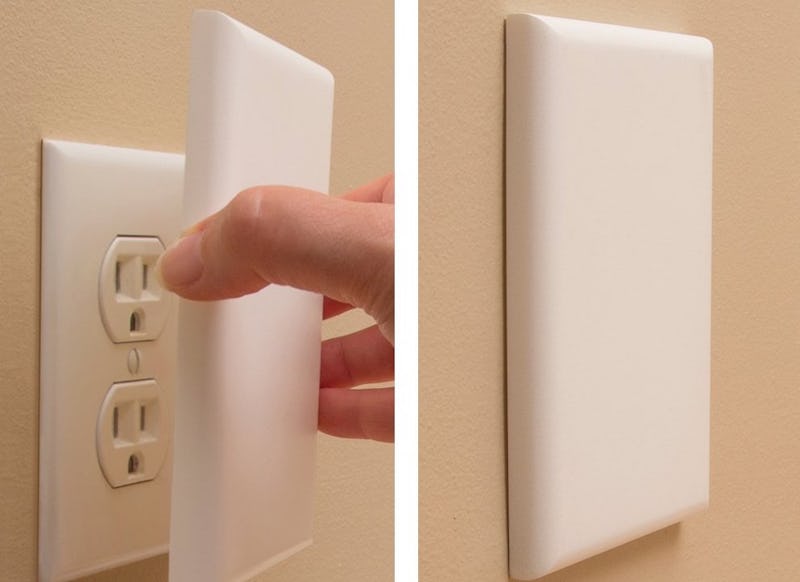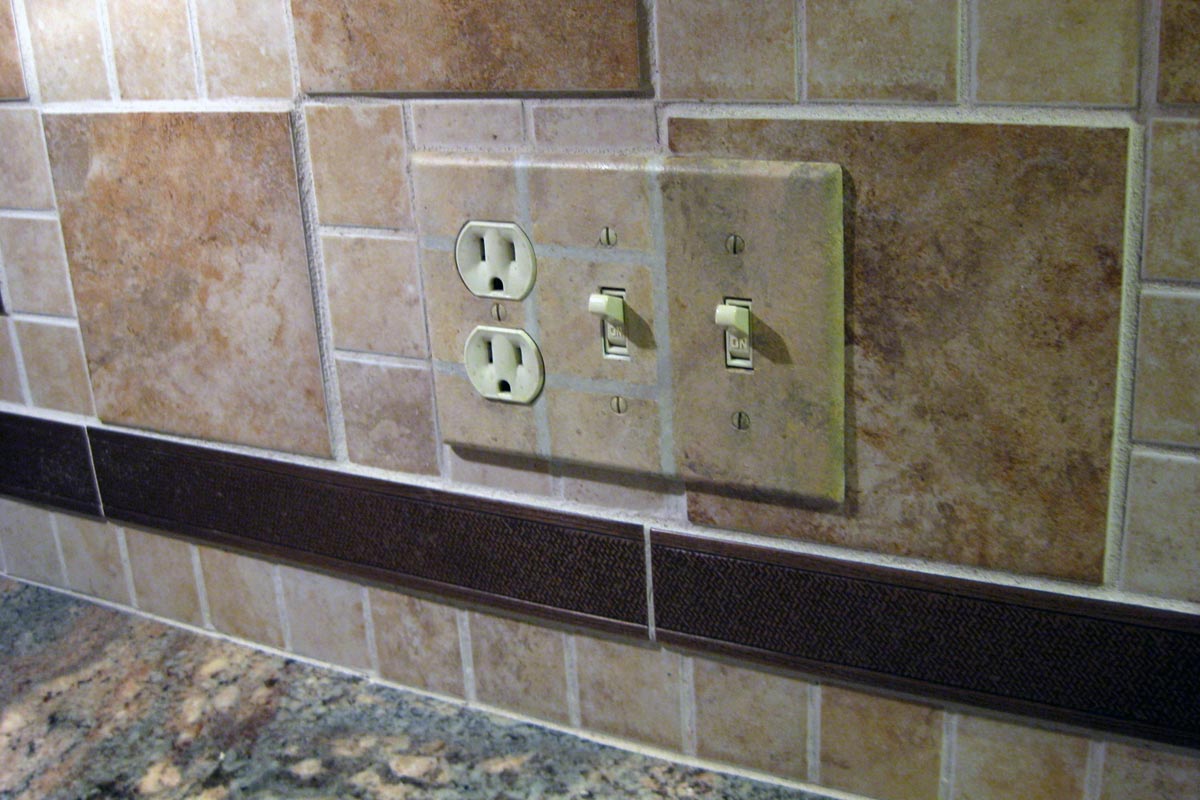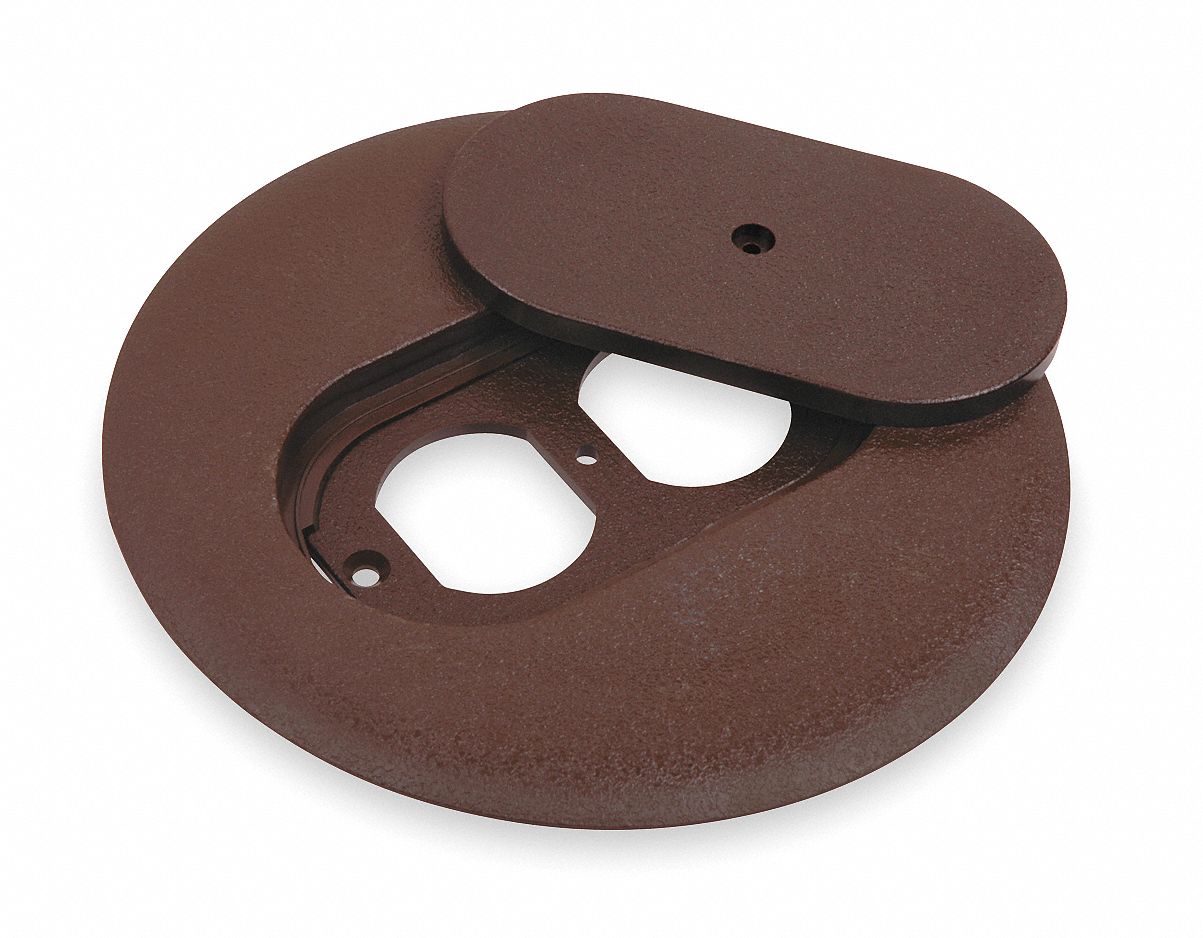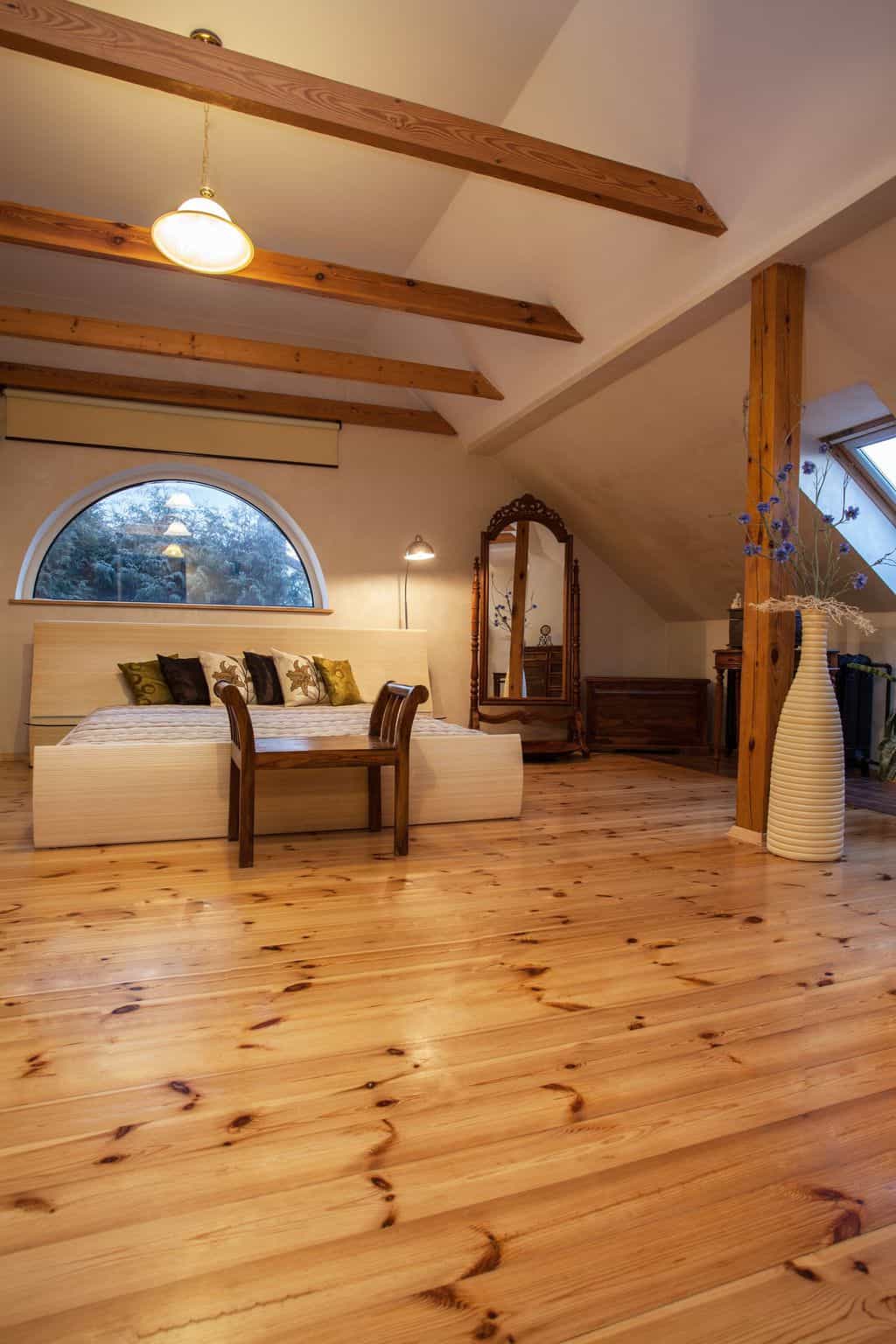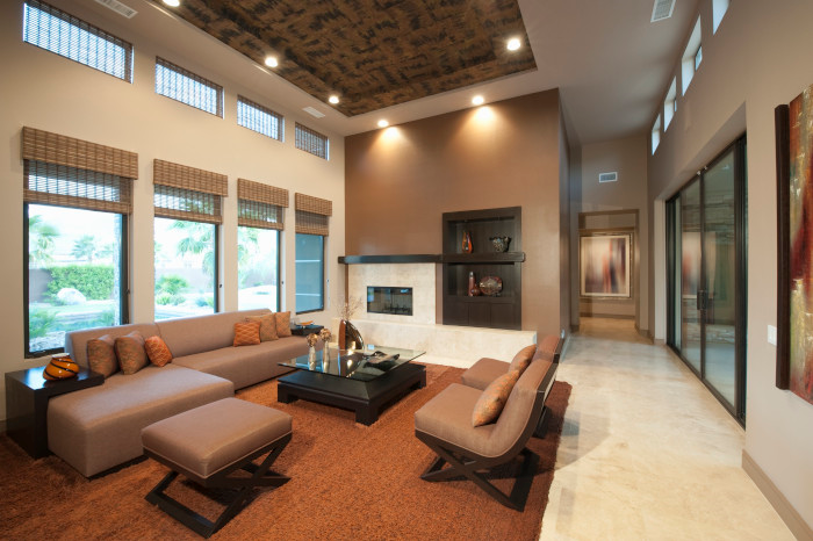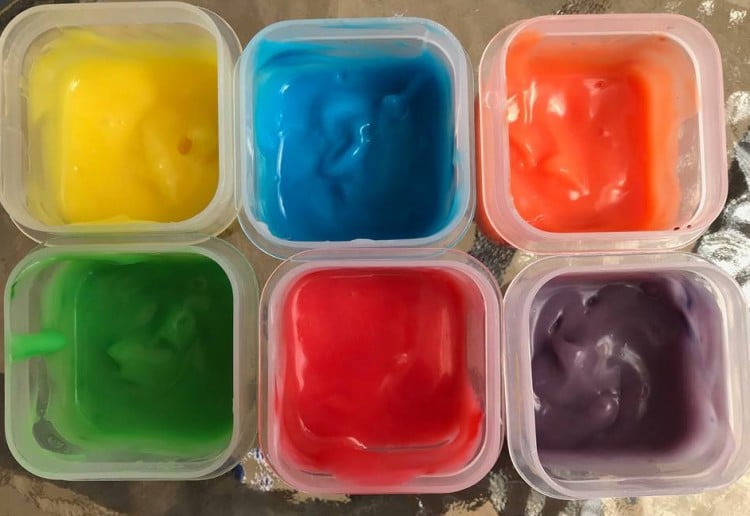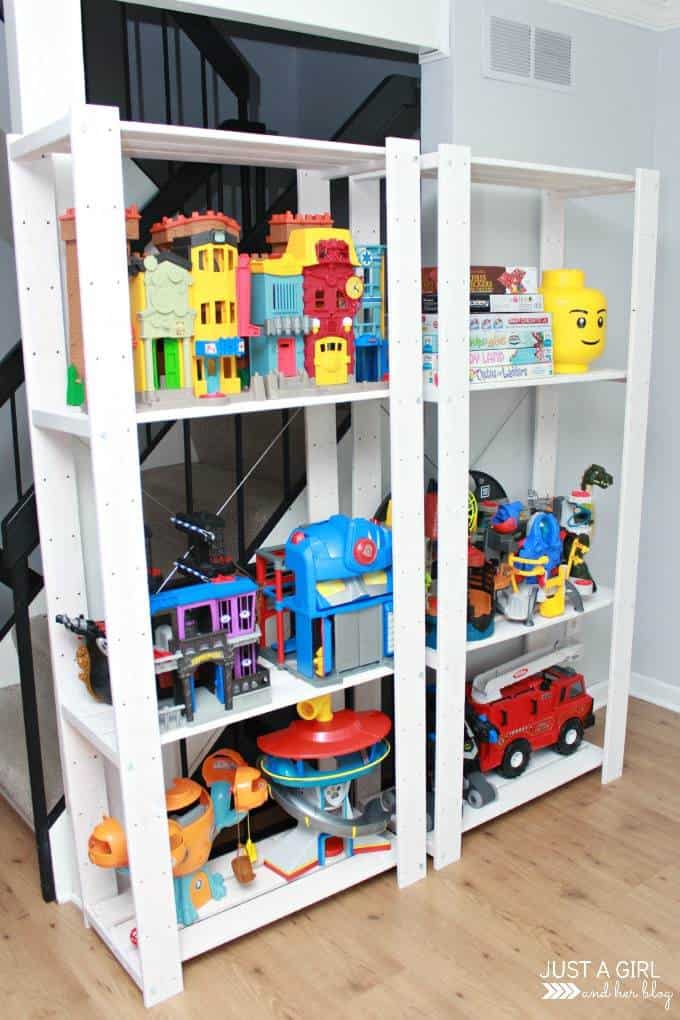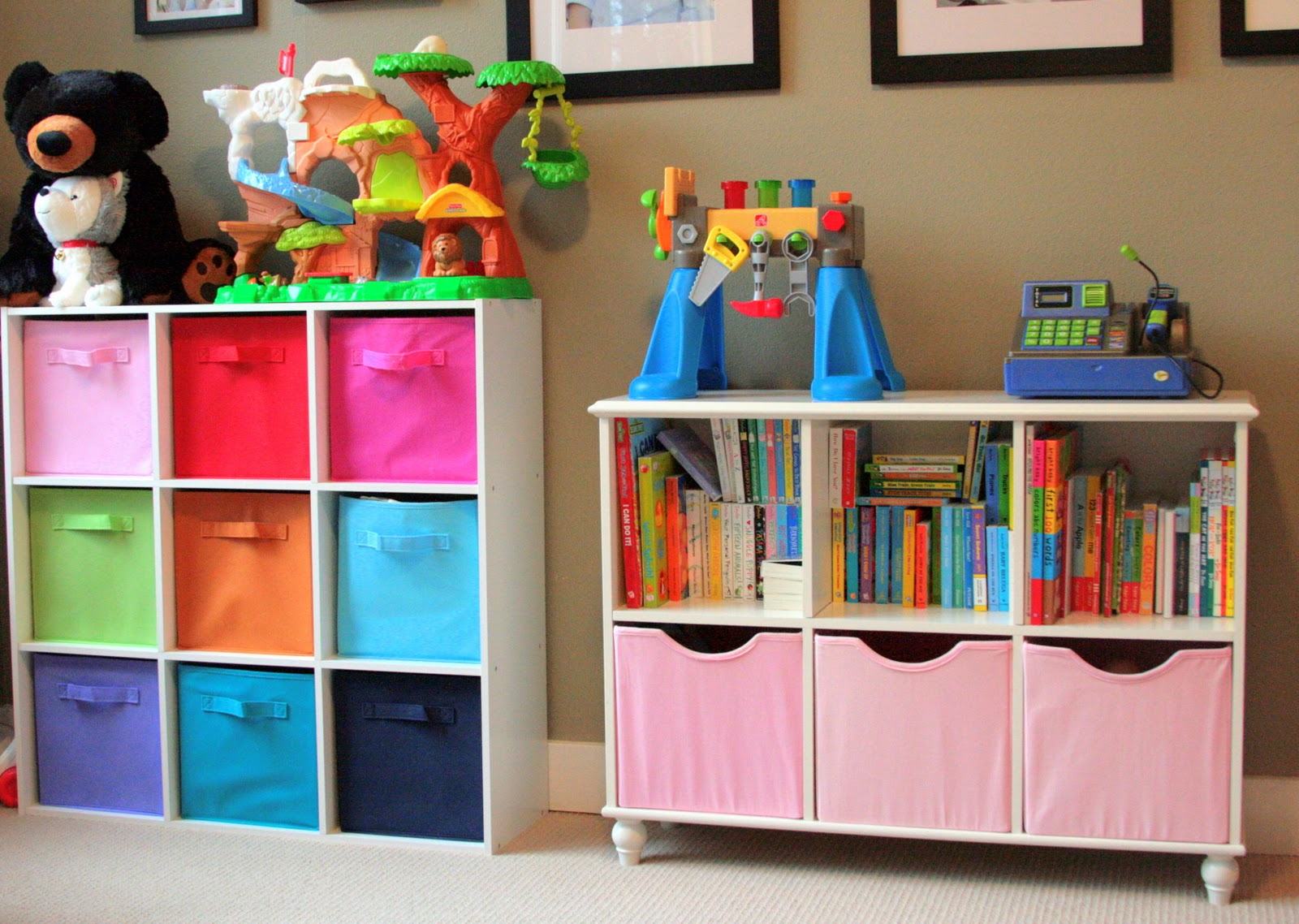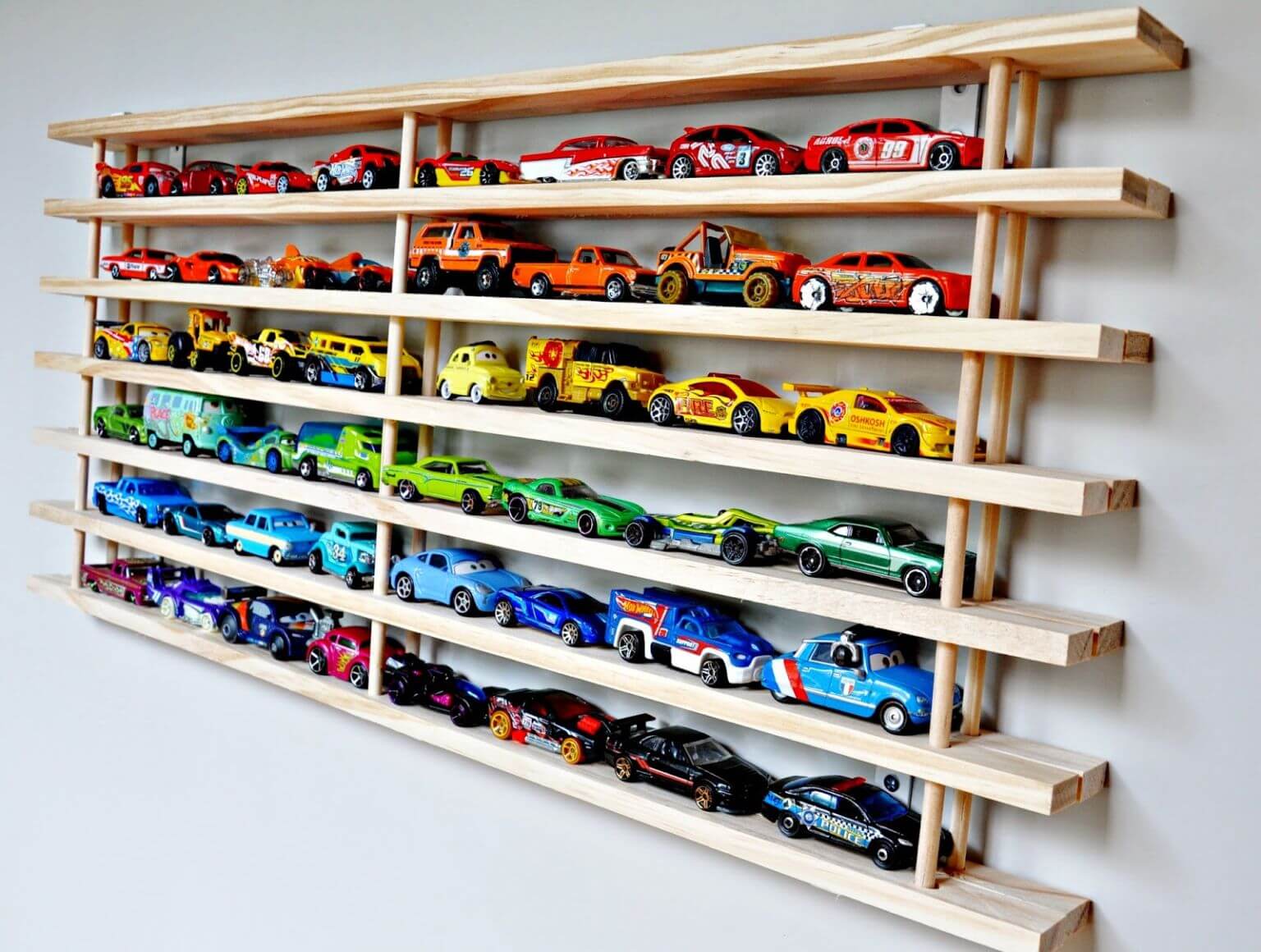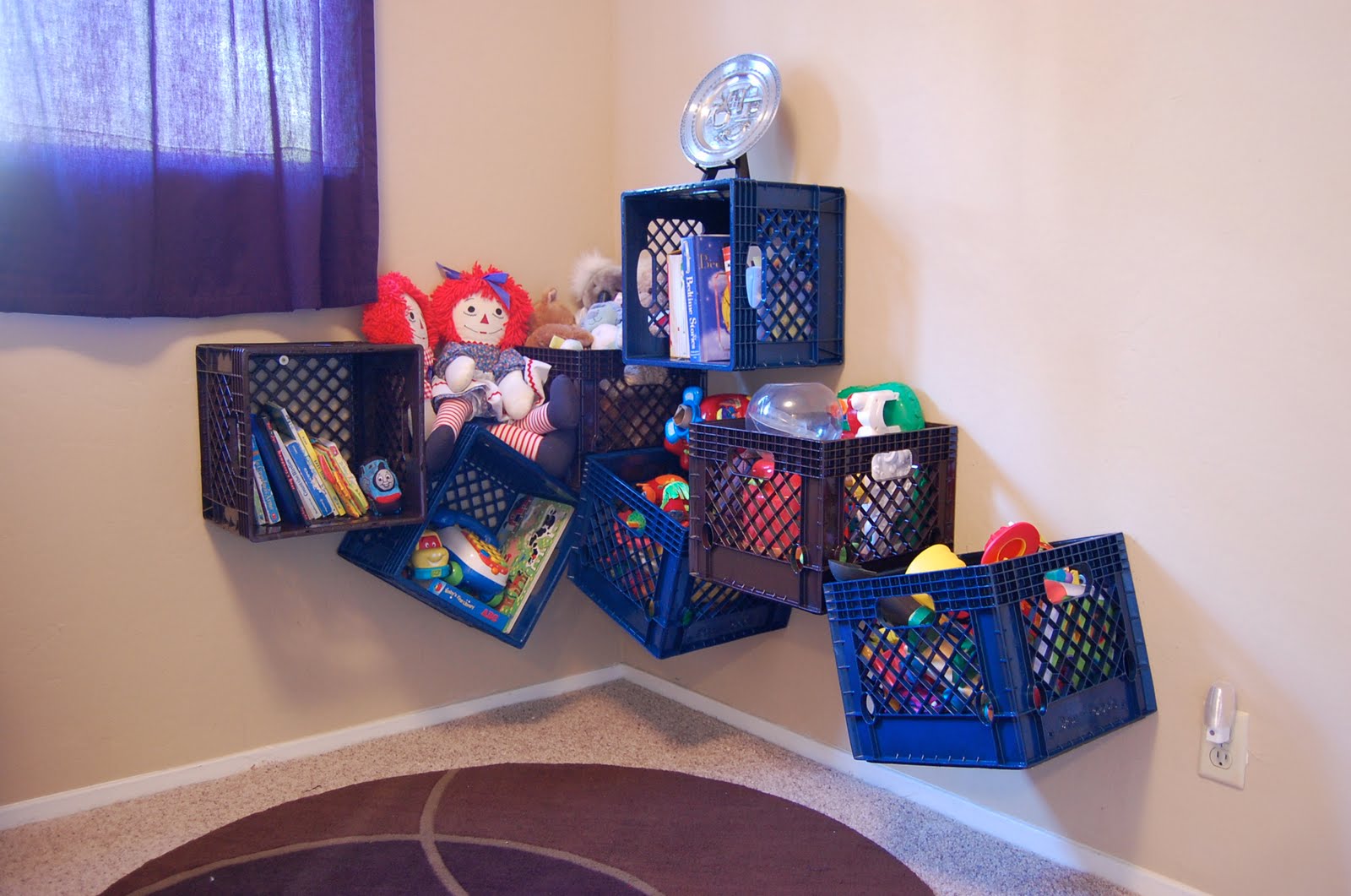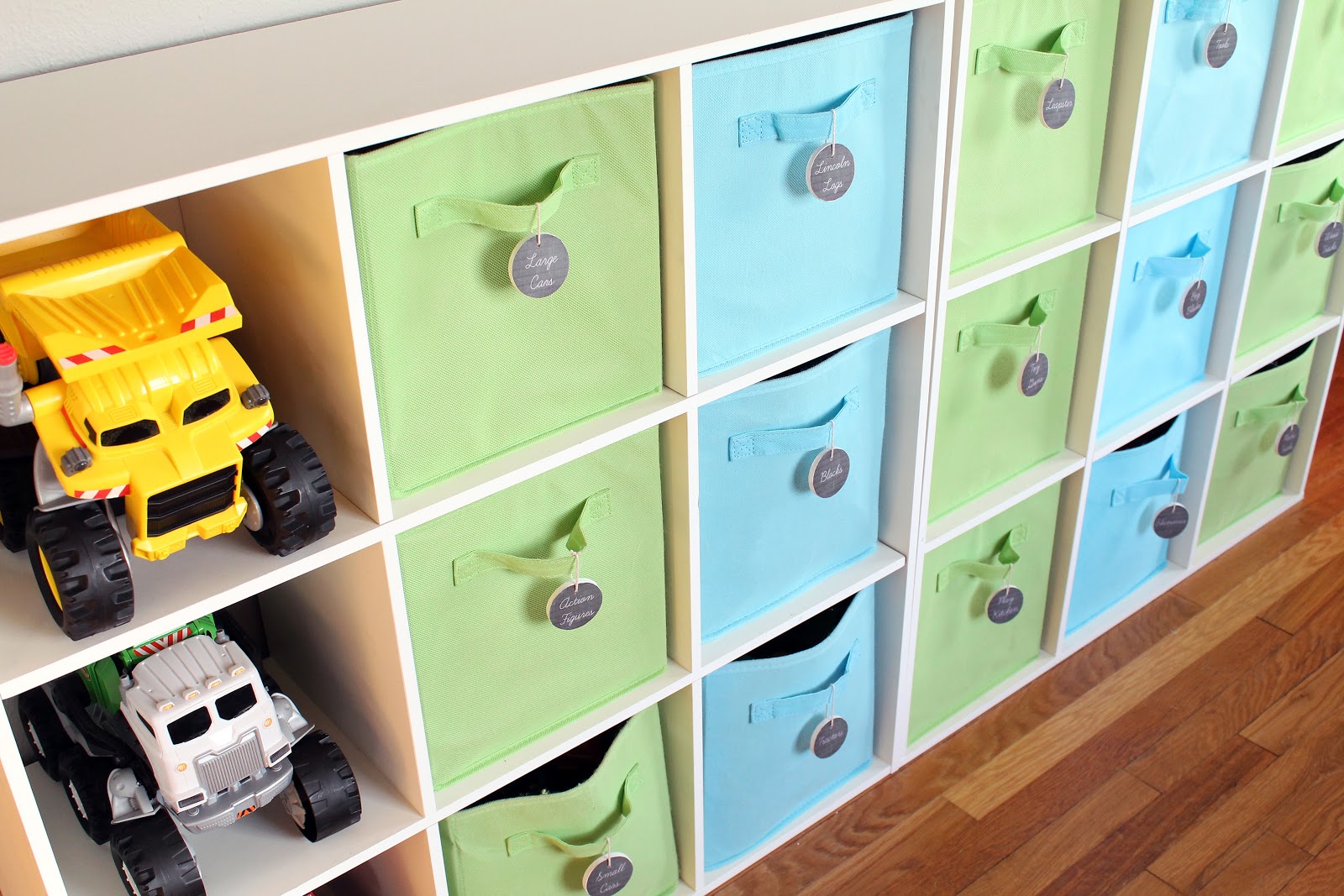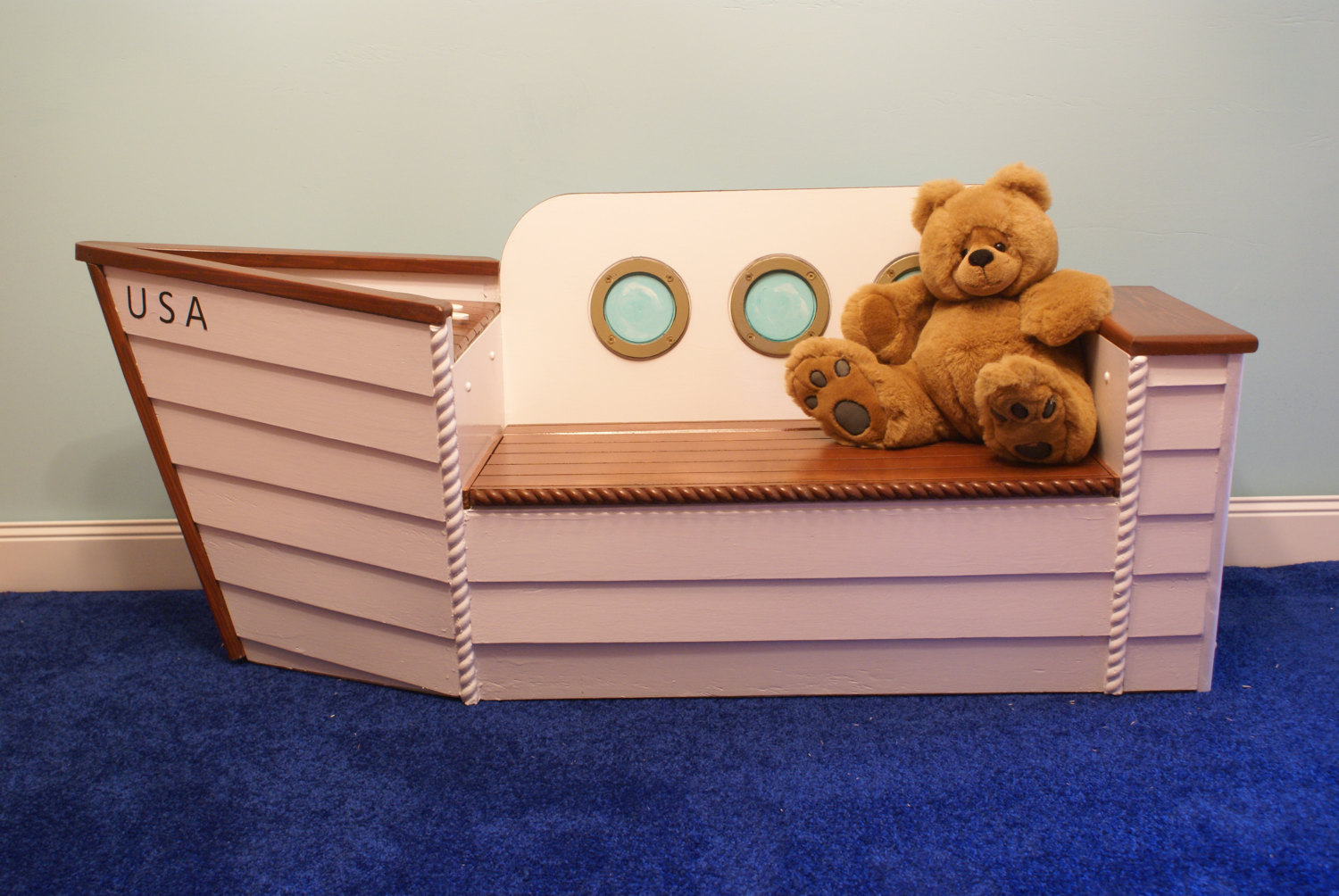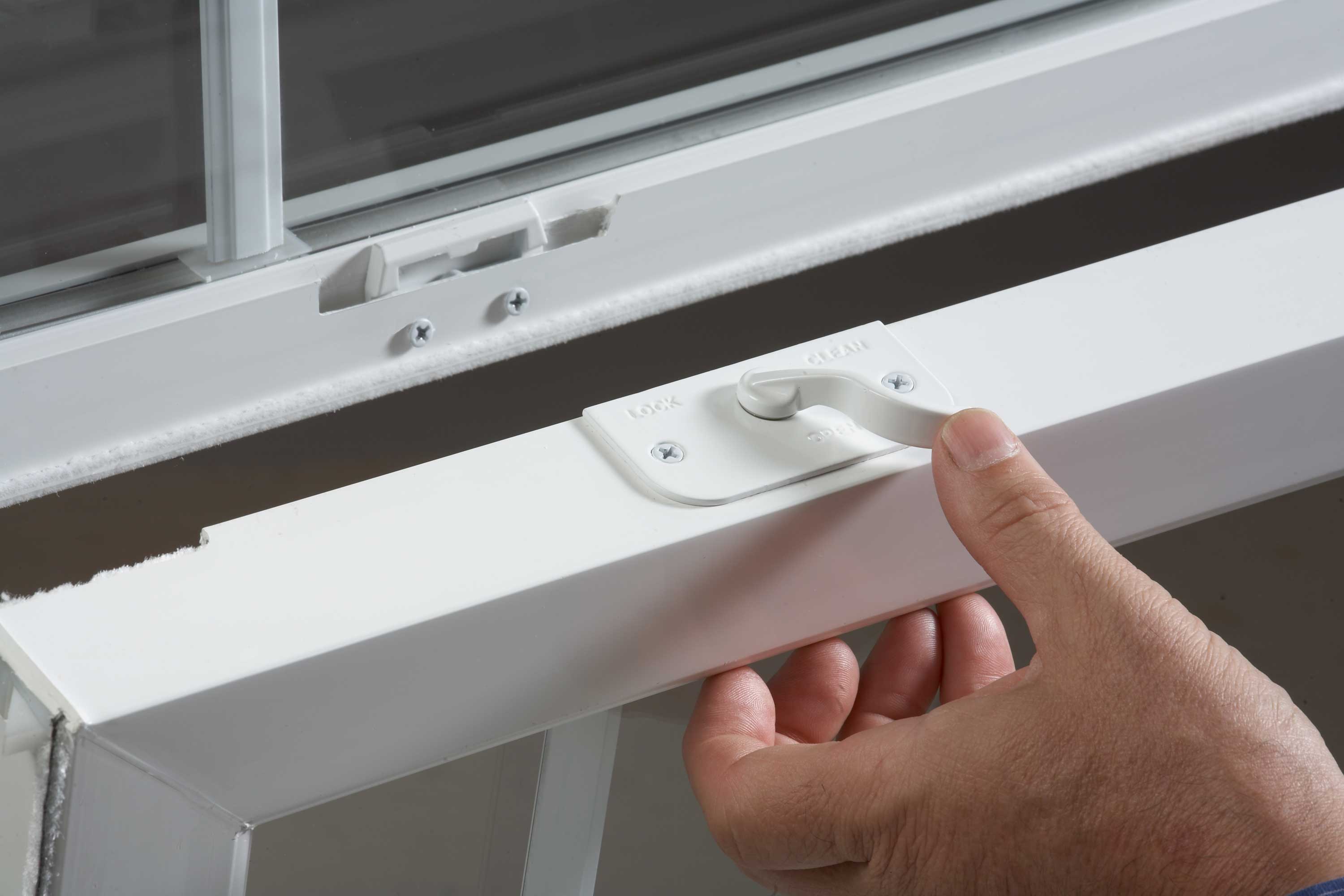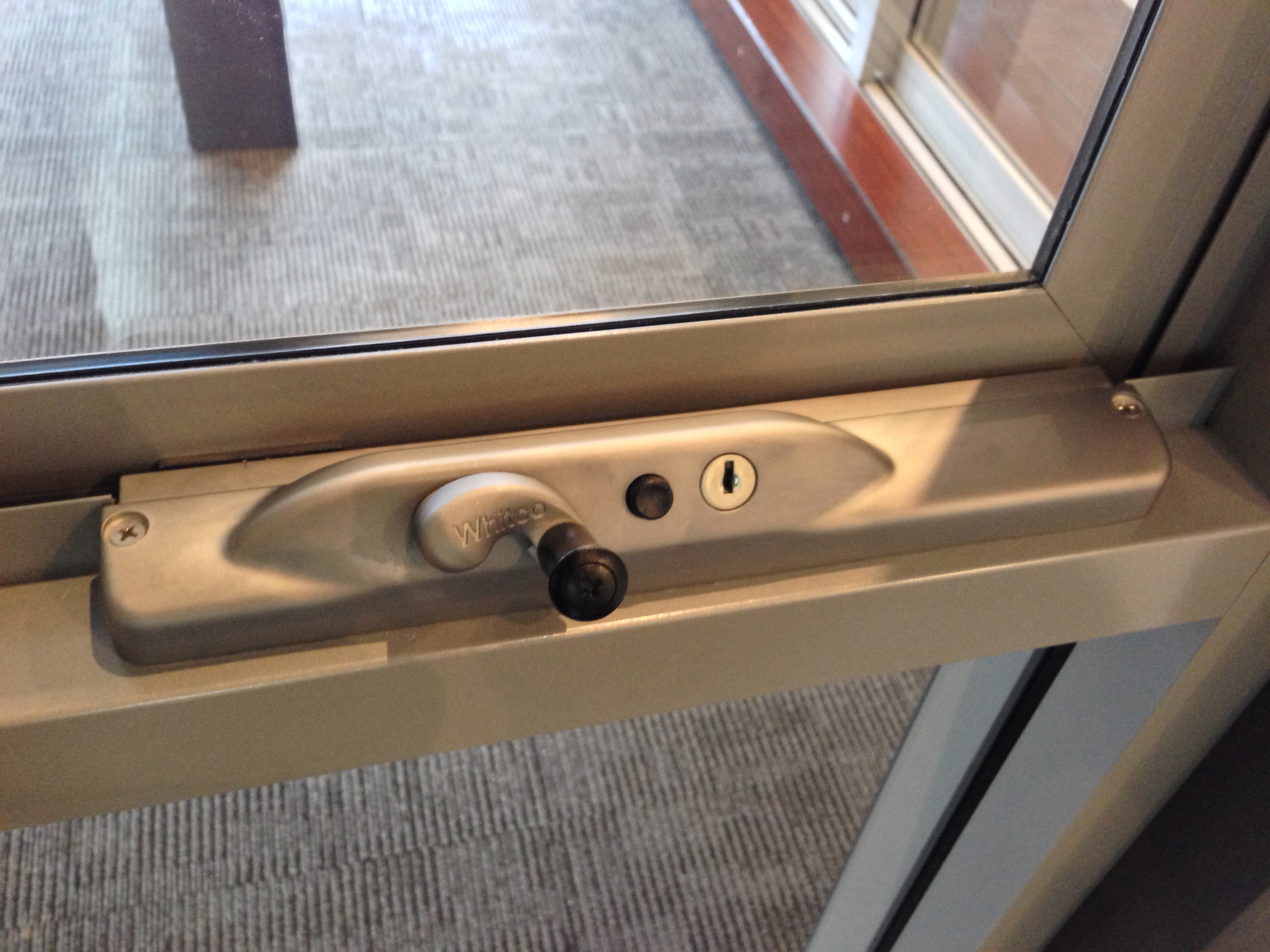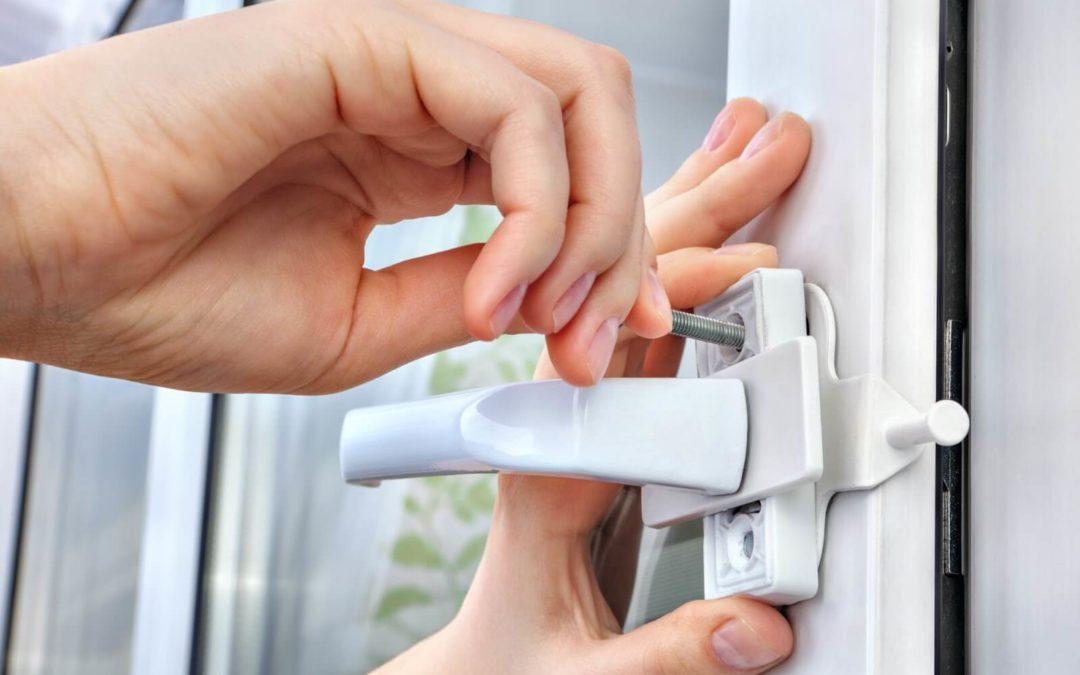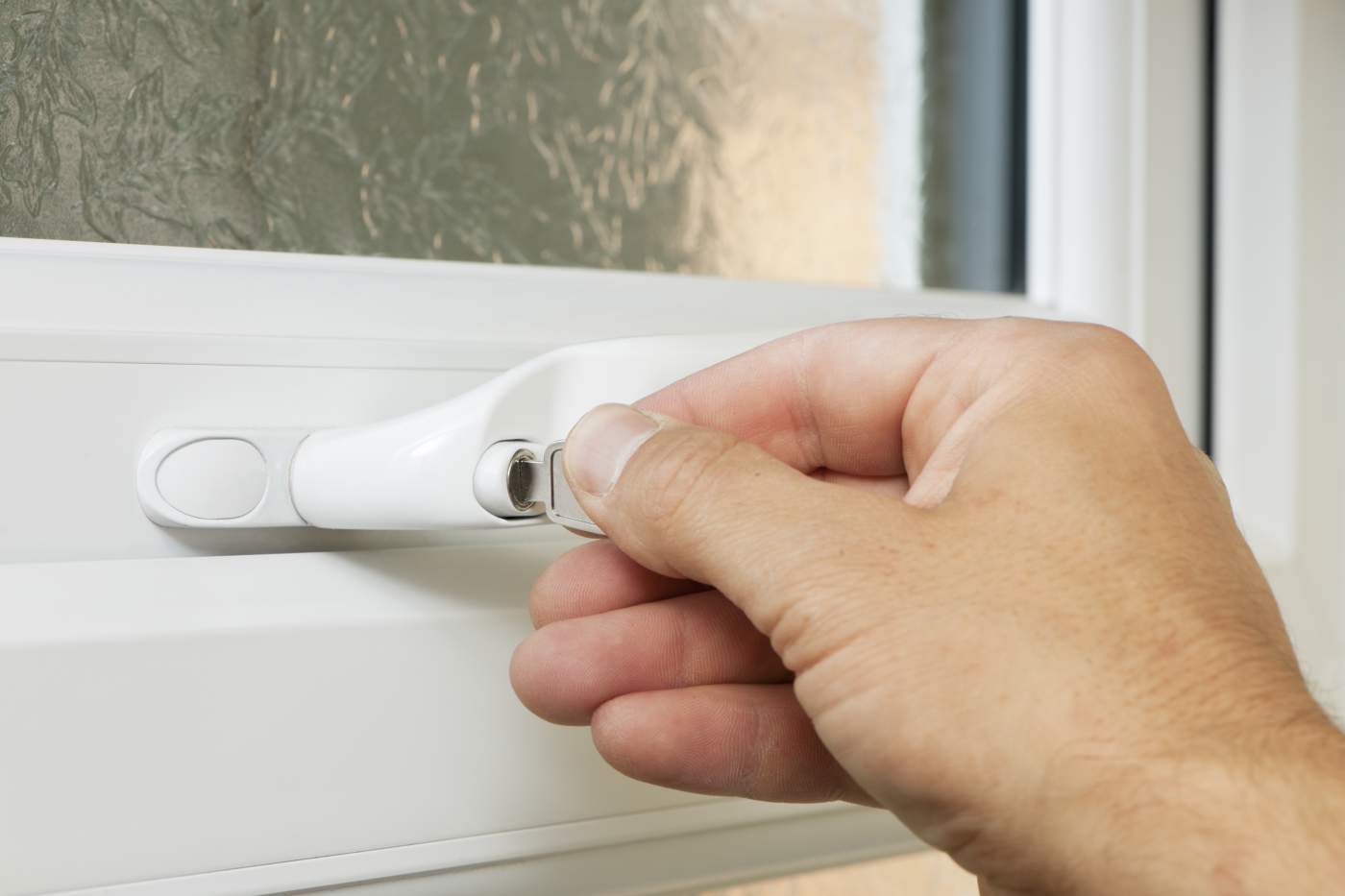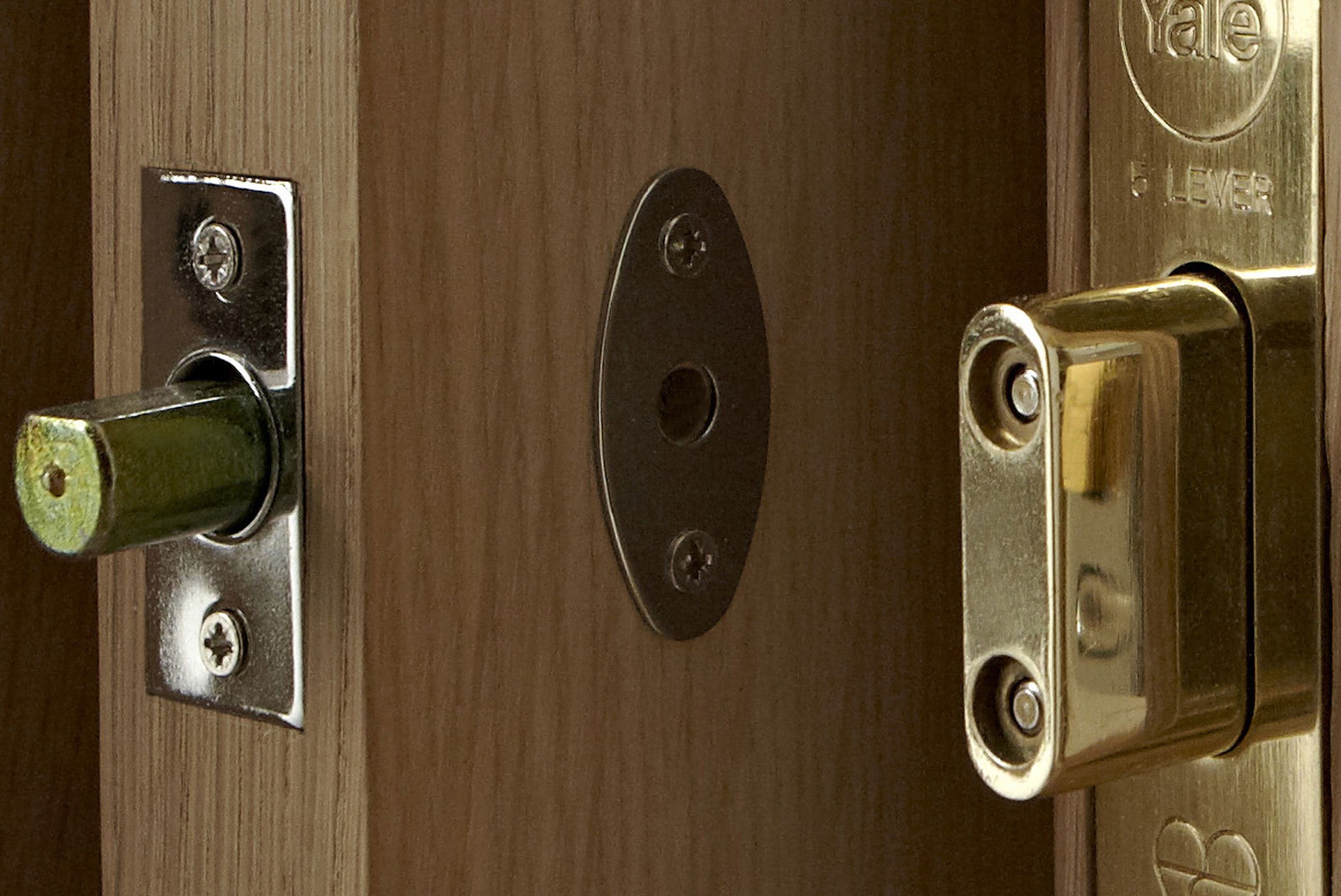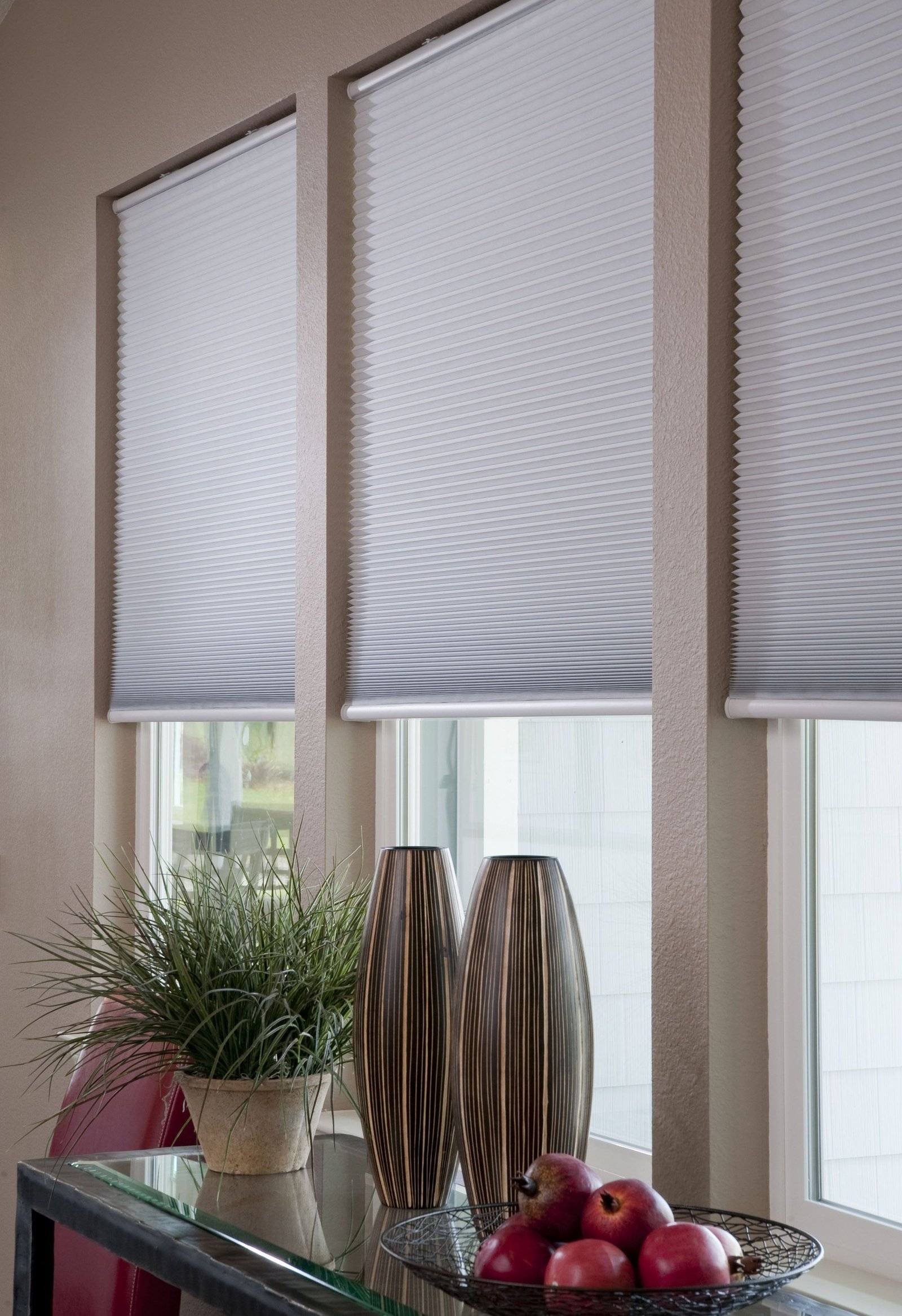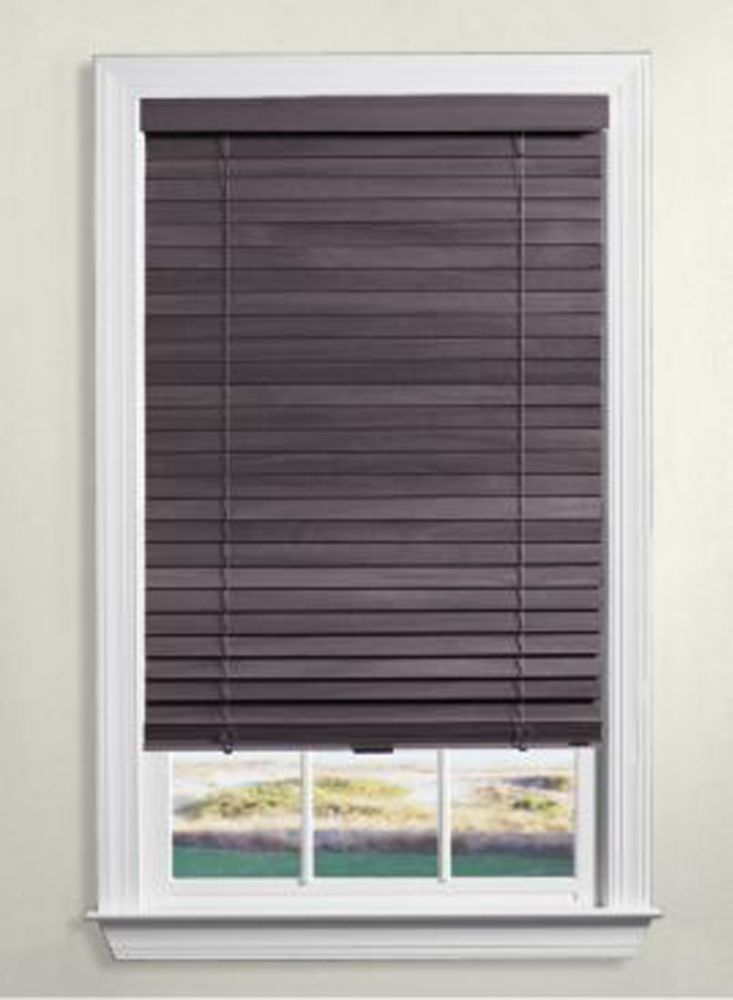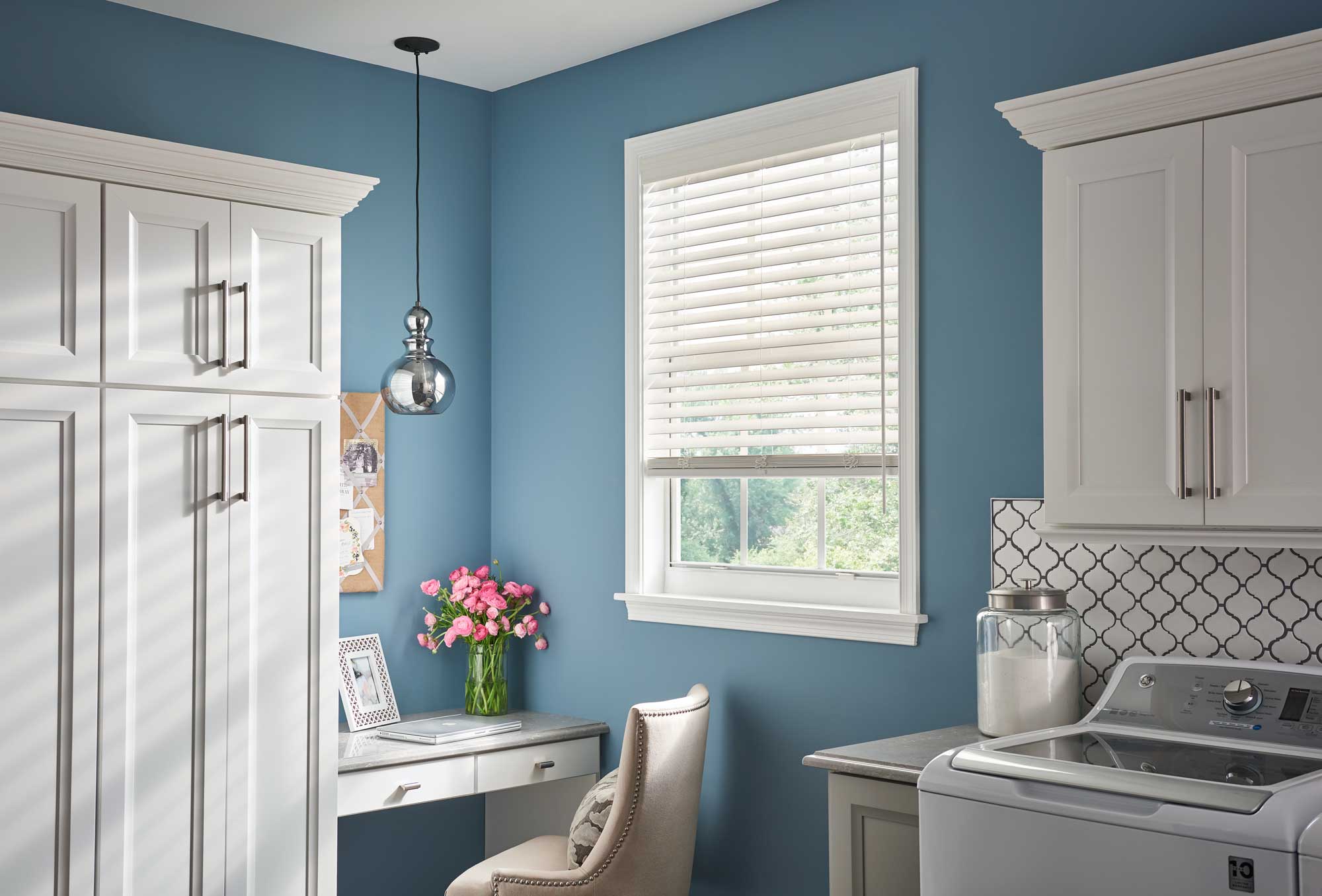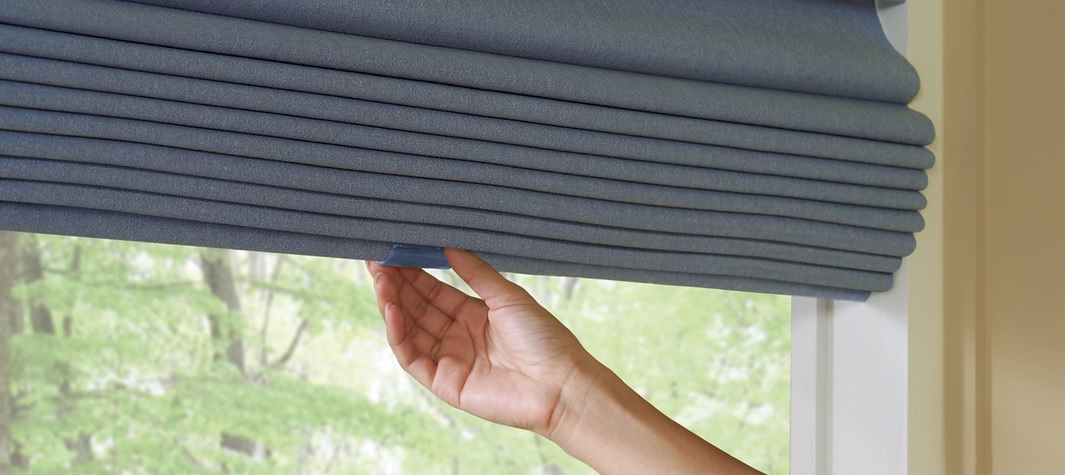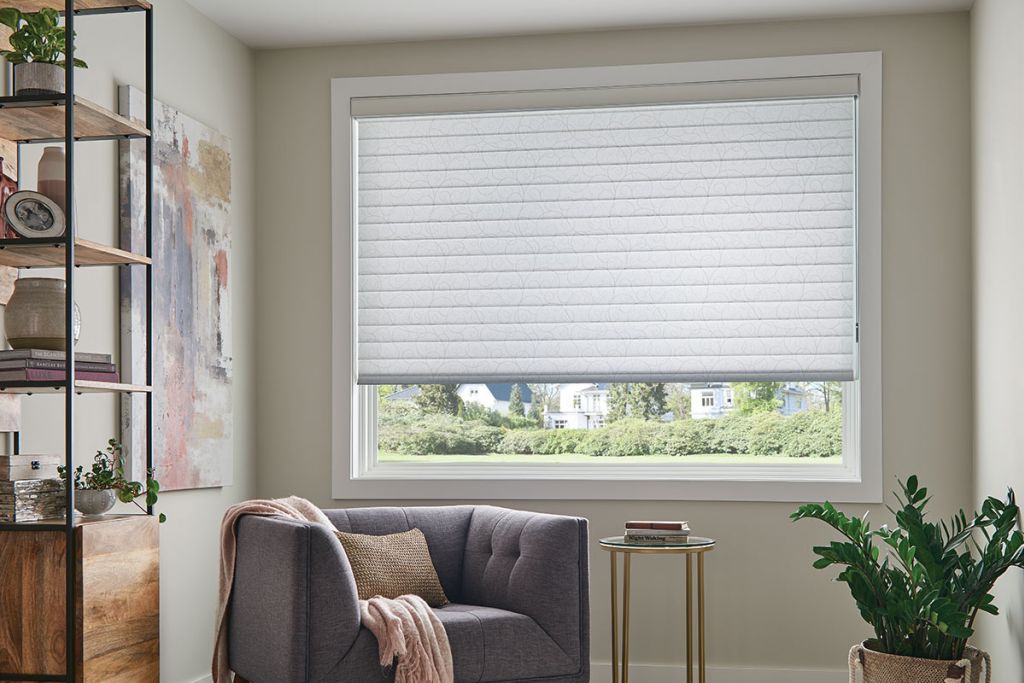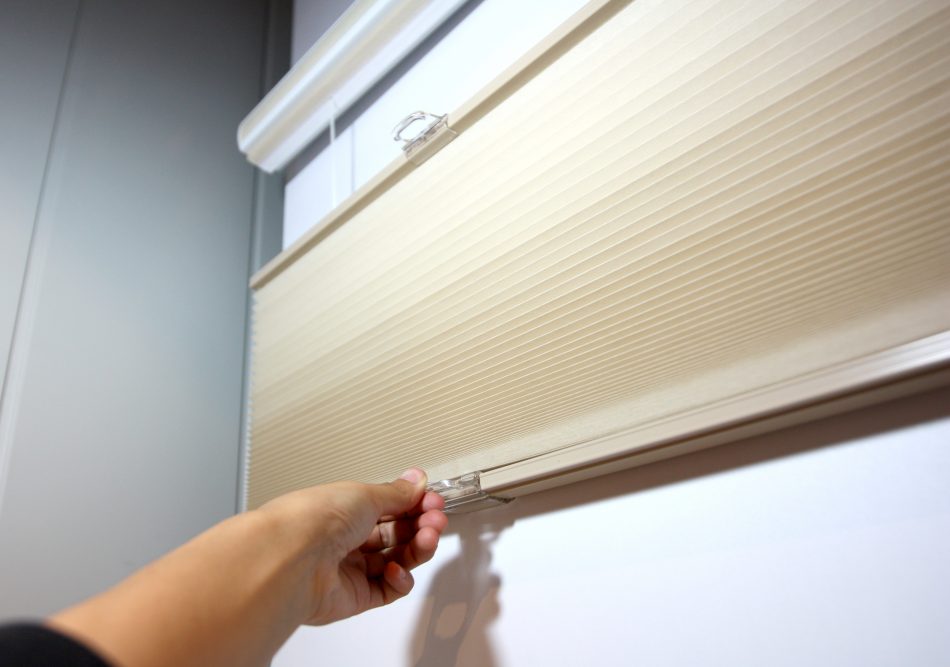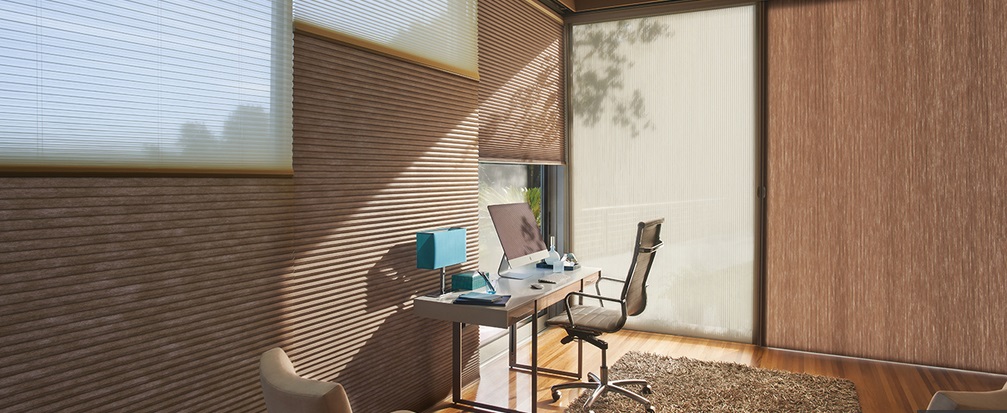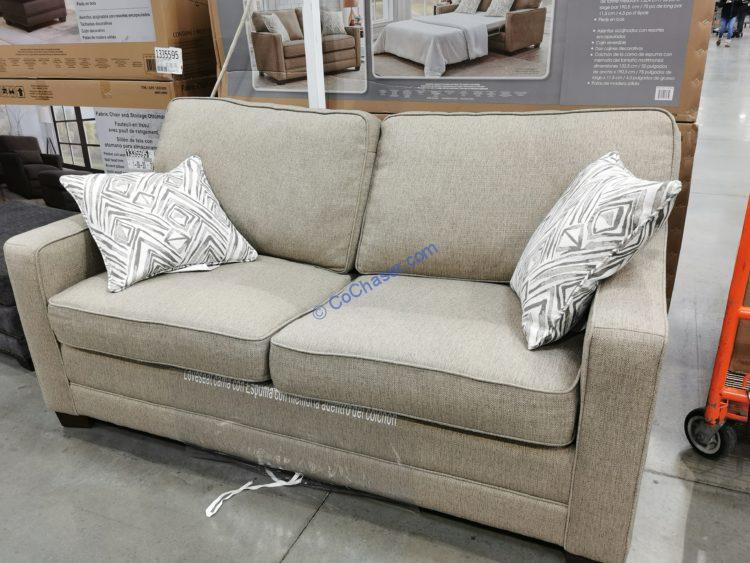As a parent, ensuring the safety of our children is always a top priority. This is especially true when it comes to the living room, where kids spend a lot of their time playing and exploring. Childproofing your living room is essential to creating a safe environment for your little ones. Here are 10 ways to make your living room child-friendly and safe for your kids.Childproofing
One of the first things you should invest in when childproofing your living room is a safety gate. This is especially important if your living room has stairs or opens up to other areas of the house. Look for sturdy and reliable safety gates that can be easily installed and removed. This will prevent your child from wandering into dangerous areas and give you peace of mind.Safety Gates
Sharp corners on furniture can pose a threat to your child's safety. To prevent any bumps and bruises, use corner guards on tables, shelves, and other furniture with sharp edges. These are typically made of soft material and can easily be attached to corners to create a protective cushion for your child.Corner Guards
Kids love to climb and explore, which is why it's important to secure your furniture to the walls. Use furniture anchors to prevent bookshelves, TV stands, and other heavy pieces of furniture from toppling over. This will not only keep your child safe but also prevent any potential damage to your furniture.Furniture Anchors
Electrical outlets can be a dangerous temptation for curious little hands. To prevent any accidents, use outlet covers to block access to unused outlets. These can easily be inserted into the outlets and removed when you need to use them. Make sure to use child-resistant covers for added safety.Outlet Covers
Accidents happen, and it's important to have a soft and cushioned flooring in your living room to prevent any serious injuries. Consider using foam tiles or thick rugs to cover hard surfaces. This will not only provide a safe play area for your child but also add a cozy touch to your living room.Soft Flooring
If you're planning to repaint your living room, make sure to use non-toxic paint. Regular paint can contain harmful chemicals that can be dangerous for your child's health. Look for low- or zero-VOC options that are safe for your child to be around.Non-Toxic Paint
Kids have a lot of toys, and they can quickly take over your living room if not properly stored. Investing in toy storage solutions will not only keep your living room organized but also prevent any tripping hazards. Consider using bins, shelves, or storage ottomans to keep toys off the floor and out of reach.Toy Storage
Windows can be a potential danger for curious kids, especially if they can be opened wide enough for a child to fit through. To prevent any falls or accidents, install window locks that can restrict how much the window can be opened. This will allow fresh air to come in while keeping your child safe.Window Locks
Curtains and blinds with cords can be a serious safety hazard for young children. To prevent any strangulation or entanglement, opt for cordless blinds or curtains in your living room. If you already have corded blinds, make sure to keep them out of reach or use safety tassels to secure the cords.Cordless Blinds
Making Your Living Room Safe for Kids: Tips and Tricks
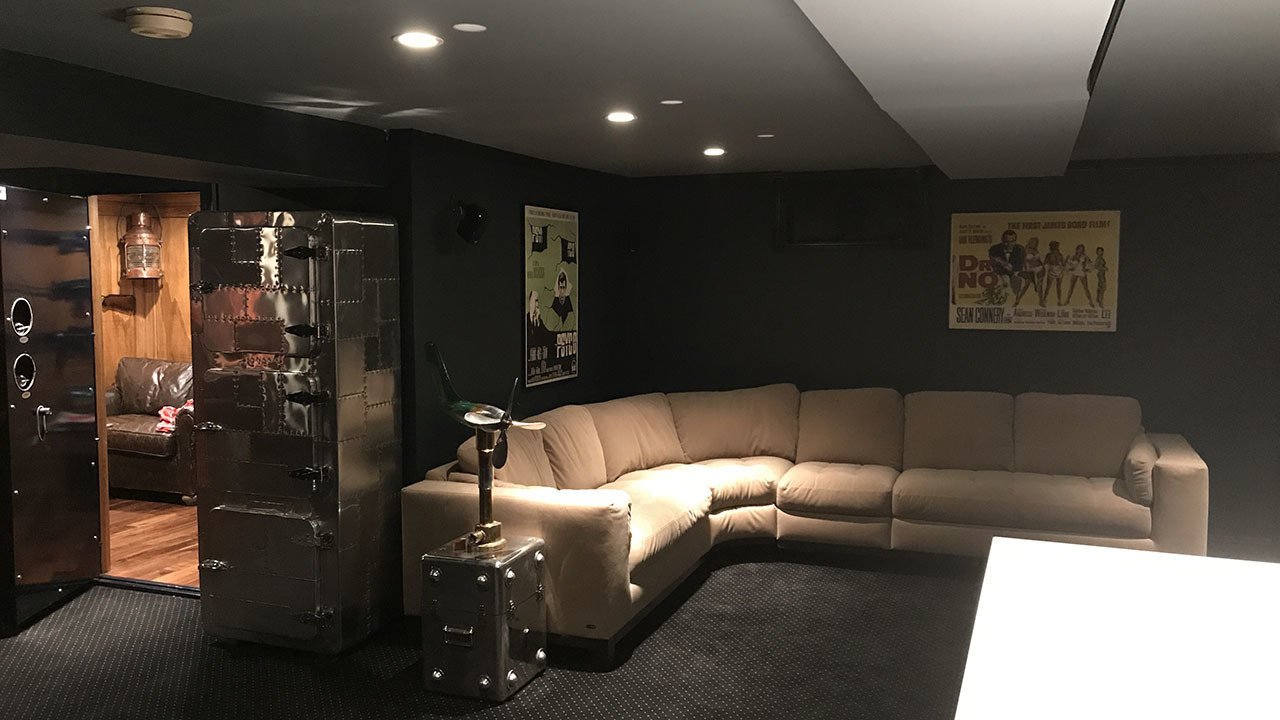
As parents, we always want to ensure our children's safety, especially within the confines of our own home. The living room, being one of the most frequented areas of the house, is also one of the most important spaces to keep safe for our little ones. Here are some helpful tips on how to make your living room a safe and child-friendly environment.
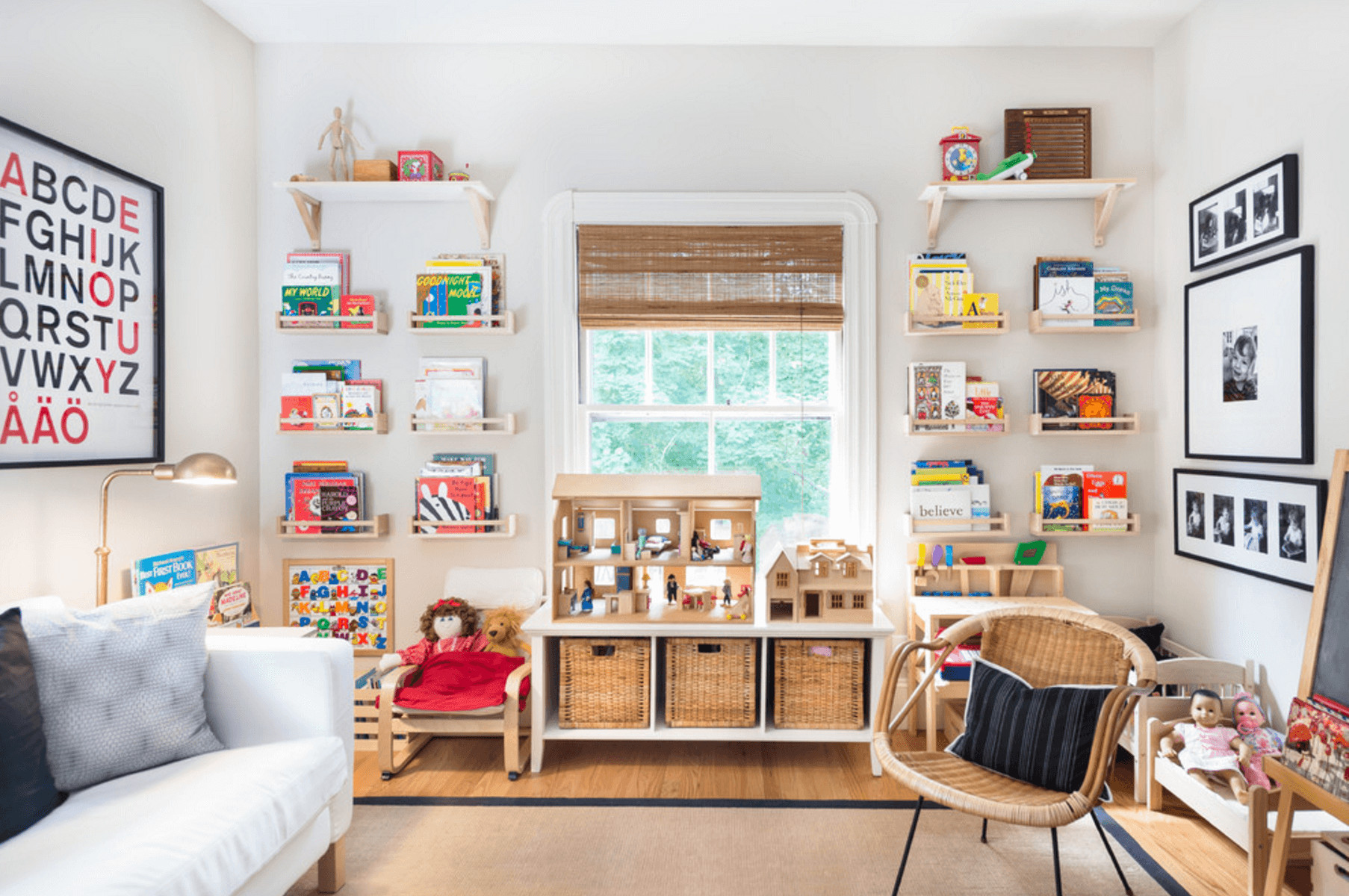
Childproofing is Key Before making any design changes, it is important to first childproof your living room. This means securing furniture and electronics to the walls, covering sharp edges and corners with corner guards, and installing safety gates to block off stairs or other hazardous areas. This will not only prevent accidents but also give you peace of mind knowing that your child is safe while playing in the living room.
Choose Safe and Durable Furniture When selecting furniture for your living room, opt for pieces that are safe and child-friendly. Look for rounded edges and avoid furniture with sharp corners. Make sure that the furniture is sturdy and can withstand the wear and tear of young children. Avoid glass-top tables or other furniture with breakable materials.
Add Soft Surfaces Children love to play on the floor, so adding soft surfaces like rugs and cushions can provide a safe and comfortable play area. Make sure to choose rugs with a non-slip backing to prevent any slips and falls. You can also add a soft play mat for babies and toddlers to crawl and play on.
Secure Cords and Wires Cords and wires can be a major hazard for young children. Make sure to secure them and keep them out of reach by using cord clips or running them behind furniture. You can also opt for cordless window treatments to prevent any accidents involving blinds or curtains.
Store Dangerous Items Out of Reach Keep any hazardous items such as cleaning supplies, medications, and sharp objects out of reach and in a locked cabinet. This will prevent your child from accidentally accessing these items and getting hurt.
Use Non-Toxic and Child-Friendly Decor When decorating your living room, choose non-toxic and child-friendly decor. Avoid using small objects or items that can easily be swallowed. You can also opt for wall decals instead of framed artwork to prevent any potential hazards.
Supervise and Teach Safety Rules Despite taking all necessary precautions, it is still important to supervise your child while they are playing in the living room. Teach them basic safety rules and remind them not to climb on furniture or play with hazardous items. This will help prevent any accidents and promote a safe and responsible play environment.
With these tips in mind, you can create a living room that is both stylish and safe for your little ones to enjoy. Remember to always prioritize your child's safety and make any necessary changes to ensure a child-friendly environment in your home.








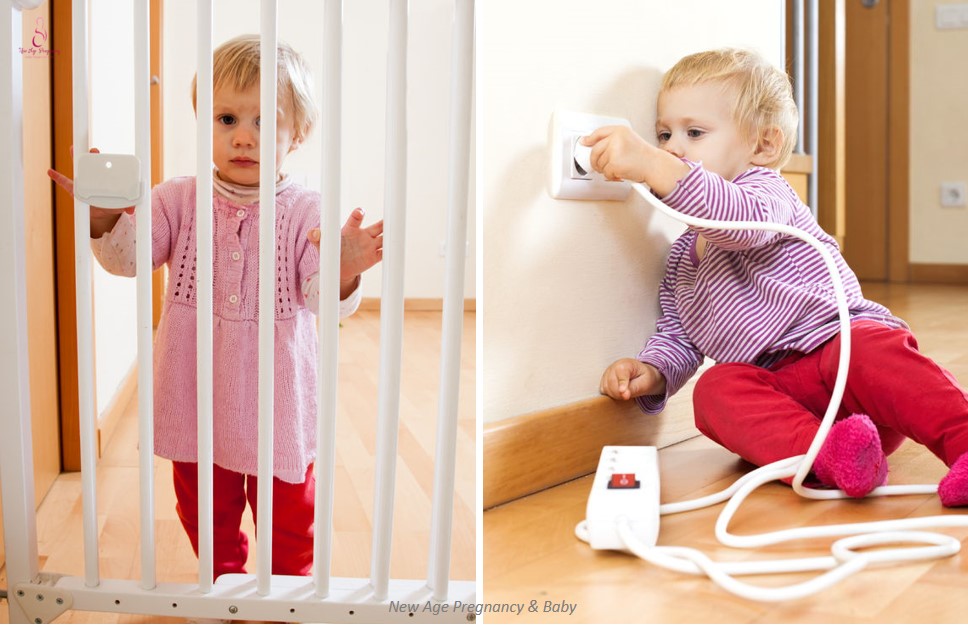
:max_bytes(150000):strip_icc()/child-proofing-3-toddler-exploring-kitchen-157373063-5963ded43df78cdc68bf2764.jpg)


